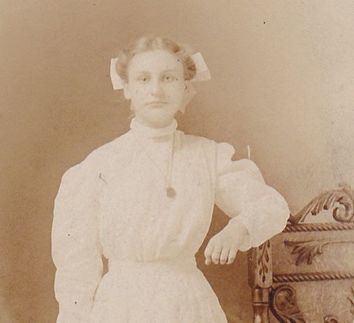 Aunt Pearl (1892-1974) Aunt Pearl (1892-1974) Seeing how excited I was about finding pressed flowers in that book from the antique store, my father suggested that I look through some of his great aunt Pearl's books, thinking I might possibly find plants she had saved as a girl. So, I just spent a very enjoyable morning going through boxes of old books! I did find many pressed flowers and leaves, along with newspaper clippings, calling cards, old receipts, etc. I shouldn't have any need to borrow books at the library this winter! There are dozens of books belonging to her and her sisters...histories, biographies, and classics. Some of them are books I've been wanting to read and didn't even know we had! This beautiful poem was tucked into one of her books... I found pressed flowers and leaves not only in Aunt Pearl's books, but also in books belonging to two of her sisters, Aunt Jennie and Aunt Addie. Some of the plants I found in their books. I loved the pansies especially! There were also quite a few four-leaved clovers. Notice the cut-out poem in the bottom left picture, titled Four-Leaf Clover. My GG grandparents...my GG grandfather was in the Civil War. Flowers I found in a couple of books belonging to them. I'm not sure but I believe the first one is a rose... Found this in the back of one of the books. Looks like a plan for an orchard? I also found this old McGuffey fourth reader. The name in the cover reads Eugenia Schubers (?), dated 1859...not somebody in our family that I know of. But I was fascinated by the leaves...possibly gathered by a girl on her way to or from school in 1859? As you can guess, I'm pretty elated right now! :) And there may be yet more to find. It was definitely a morning well spent!
12 Comments
The common Groundsel (Senecio vulgaris) is one of those lowly weeds that seem to have taken a liking to mankind, following him wherever he settled. It is perhaps best known as a favorite food of the canary and other small birds, both caged and wild, but is also considered "a source of endless vexation" by gardeners because it springs up everywhere, and a single plant can produce one million seeds! It is also remarkably hardy, blooming almost year round in all but the coldest climates. I found two blooming plants today after my father finished plowing the snow. They had been buried for over 2 weeks and we have already had temperatures as low as -7 F! The name Groundsel is derived from the old Anglo-Saxon grouneswelge, meaning literally, "ground swallower", and in Scotland it is still called Grundy Swallow and Ground Glutton. Anyone the least bit familiar with this plant will guess why! (Fortunately for gardeners it is easy to pull up, but if it sets seed once you will be weeding it out continuously). Its Latin name Senecio is derived from Senex (an old man) because, as one old writer puts it: "the flouer of this herbe hath white hair and when the wind bloweth it away, then it appeareth like a bald-headed man". The specific name vulgaris simply means "common". Although neglected by most herbalists today (to my knowledge anyway), it was once considered quite useful. In his book The English Physician (1652), Culpeper writes that it is "as gallant an universal Medicine for all diseases coming of heat, whatsoever they be, or in what part soever of the body they lie as the Sun shines upon". Groundsel was used as a gentle purgative and diuretic, and has also been used in poultices. One old herbalist claimed that smelling the fresh roots was an excellent remedy for headaches, but the roots had to be dug up with an iron tool to be effective! An old-fashioned remedy for chapped hands is made by pouring boiling water over the fresh herb. Sometimes even the most despised weeds can brighten our days, and finding this little one blooming in the snow certainly brightened mine!
I'm joining Clay and Limestone today for Wildflower Wednesday. My father and I were in Baie-Sainte-Anne NB for a little while today. We took some friends who had an appointment there, so he and I just did a little sight-seeing in the meantime. I think this was the first time I've seen the ocean (well, the Gulf of St. Lawrence) in winter! The bay was almost completely frozen over already as you can see in the first picture... We stopped at an antique store on the way back and found this book, published in 1913. I love reading about early arctic explorers, so this was a very exciting find! Somehow I find it comforting to read these kind of stories during the winter months...maybe to remind myself that it isn't so bad here after all? 😁 But when I got home and started to look through it, I was doubly thrilled! Tucked between the pages are several pressed plants! How special to see and handle these and wonder who picked them and how old they are? I'm not even sure what these plants are, except for the clover of course. If anyone recognizes them please let me know (you can click any picture to enlarge it). I actually had another, similar discovery when my father and sister found and gave me this old medical book, published in 1893. They thought I would like it because there is a section on medicinal herbs in it. But when I looked through it I found even more! A lovely drawing, newspaper clippings, a calling card, and even a picture of a little girl, unfortunately not identified. I love finding these little relics the past. This has been a long and tiring day, but it has been well worth it! 😊
"If you truly love nature, you will find beauty everywhere." I hope you all had a happy and blessed Thanksgiving! Among other things, I am thankful for the beauty that surrounds us every day, even in the dead of winter! 😊
This beautiful plant truly is a marvel! Although a native of tropical South America, it is almost effortless to grow, even in my northern garden! Come mid-summer, each evening brings fresh surprises as the flowers open to reveal their brilliant colors to the night! Mirabilis jalapa is more widely known in this country as Four O'Clock, so called because the flowers typically open late in the afternoon, though from what I've observed, Five-Thirty or Six O'Clock would be more correct! Still, I like the name Marvel of Peru much better, and Gerard even goes so far as to say that it ought to be called "rather the Marvell of the World, than of Peru alone". Others were not so impressed, however. Rousseau, in his famous Letters on the Elements of Botany (1785), writes: "Upon the first discovery of the New World, as America was vauntingly called, everything found there was represented as wonderful. Strange stories were related of the plants and animals they met with, and those which were sent to Europe had pompous names given them. One of these is the Marvel of Peru, the only wonder of which is the variety of colours in the flowers". It has been given many fanciful names in the various countries where it is cultivated. In France it is known as Belle de Nuit (Beauty of the Night), and in Spain it is called Don Diego de Noche (Don Diego at Night). The flowers are quite wonderful, many of them being fantastically striped in contrasting colors. No two flowers are quite alike, as Gerard says: "This marvelous variety doth not without cause bring admiration to all that observe it. For if the floures be gathered and reserved in severall papers, and compared with those floures that will spring and flourish the next day, you shall easily perceive that one is not like another in colour, though you shall compare one hundred which you gather one day, and another hundred which you gather the next day, and so from day to day during the time of their flouring".  The Marvel of Peru was first introduced into Spain and from there into the rest of Europe. It was named Mirabilia [admirable] peruviana by Carolus Clusius, from which we may conclude that the time of its introduction was about the middle of the 16th century. Gerard, writing in 1596, says that he had grown it for many years in his garden. Later, it was renamed Mirabilis jalapa by Linnaeus, who mistakenly believed it to be the cathartic drug. The true Jalap is actually a species of Ipomoea, native to Mexico, but Gerard does mention that the roots of Marvel of Peru had been found to purge "waterish humours", although he says that it was "esteemed as yet rather for his rarenesse, beautie, and sweetnesse of his floures, than for any virtues knowne". Speaking of Linnaeus, I can guess that he would have found this flower quite fascinating, considering his interest in designing a "floral clock" (a garden by which one could tell the time of day by the opening of the different flowers). The idea must not have worked out, although one of Linnaeus' friends commented that he "would soon put all the watchmakers in Sweden out of business", thus making himself highly unpopular! (quoted from The Compleat Naturalist: A Life of Linnaeus, by Wilfrid Blunt). By the end of the 19th century, this plant, once considered such a wonder, seems to have fallen somewhat out of favor, and was grown only in "old-fashioned" gardens. In an article published in 1890, E. P. Powell laments, "Four O'Clocks were pretty then and are pretty now; but who grows them?". Yet it has always had its admirers, and probably always will. Though it doesn't seem to be very widely grown (I have not seen them here in any gardens besides my own), the name Four O'Clock seems to bring back happy childhood memories for many people... I'm under the pear tree, sitting all alone ; 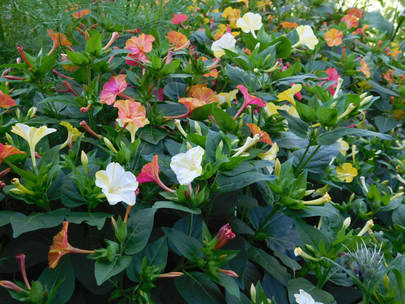 Even my father, who is completely flower illiterate (once while on our way to town, he noticed that I was admiring some Forget-me-nots growing along the roadside and startled me by exclaiming, "Oh, look at all the lovely HOLLYHOCKS! 😁), remembers Four O'Clocks growing in his uncle's garden. In the language of flowers, the Marvel of Peru (or Four O'Clock--whichever you prefer!) represents timidity, because it is seemingly too shy to reveal its beauty and fragrance to the day. Although a perennial in its native tropical climate, it is easily grown as an annual. The plant forms tubers which can be dug up in the fall and replanted in spring, but it is so quick and easy to grow from seed that it is hardly worth the trouble. Gardeners with very short growing seasons (that's me!) can start the seeds indoors 4-6 weeks before the last frost. In my garden they usually start blooming about the middle of July and continue until the first fall frost. The flowers usually close as soon as the sun hits them in the morning, but on cloudy days, and as the season progresses and days become cooler, they often stay open most of the day. To quote Gerard again, this is "a pleasant plant to decke the gardens of the curious". Such a beautiful and carefree flower certainly deserves a more prominent place in our gardens! Tamaracks are one of my favorite trees. They are so unique, being the only deciduous conifer in the northeast and for some reason I always associate them with wild and rugged, yet beautiful landscapes. It is also the last tree to provide color late in the fall, long after all the other trees have dropped their leaves. A friend of ours recently pointed out a stand of tamaracks and commented that when they lost their needles, winter would be here. His words proved to be prophetic, at least this year! I took this picture less than a week ago. The weather had been relatively mild for about ten days... Two days later it turned sharply colder and when I went on my walk I just glanced up and noticed that the tree was bare! The next day it snowed... This is the section of the woods that is carpeted with Jewelweed in summer. Notice the little "stream". It's not really a stream, just a very wet area, but I'm rather puzzled because so far it hasn't frozen up, despite temperatures in the single digits! A magical winter scene... A gigantic old cedar stump... Another "stream" starting to freeze up... These ice bubbles reminded me of craters on the moon! We had a very blustery day after the second storm... A magnificent sunset over snowdrifts... Some of you might remember Auggie, Nellie's only boy in her last litter. He was the last of his siblings to go to his new home so I spent a lot of one on one time with him that last week. I still get pictures of him occasionally. This is the most recent one. He has really grown up and looks just like his daddy! We have at least 10 inches of snow on the ground and another storm is just starting as I type. We're expecting another 8 inches. Winter is early this year, we might as well make the best of it! I'm just hoping we are earning an early spring! 😊
After all my woods and wildflower posts, you might be wondering if I've forgotten all about gardening! Far from it, I actually am already excitedly planning for the year ahead, and am even trying to defy Old Man Winter by growing a few favorites on the kitchen windowsill. These plants are all the more special for the extra care they require, and the joy they bring is a blessing in these cold days! I just bought this African Violet a few days ago, and am hoping it will survive being in my care (I'm not very good with house plants). I've read up on all its needs though, so hopefully it will be happy! Our house is heated with wood so the air is dry and temperatures vary quite a bit. To remedy the low humidity, I have the pot sitting in a tray of pebbles and water. It sits close to a south-facing window during the day so it can get the light it needs, but I move it closer to the stove at night because it's very cold right now! Of course Paperwhites are a winter necessity! I have a few more bulbs to plant once these get going, so hopefully I'll have a succession of blooms. I also have 2 pots of Sweet Marjoram. I planted these last spring with the intention of growing them in the herb garden as annuals. However, I only got a few planted out when my dog Nellie's puppies were born, so I was preoccupied with them during those first few especially critical days and got behind in the transplanting process. Many of my seedlings died because the greenhouse was too hot, but the marjoram thrived, while the plants in the garden were sulking! So the rest got potted up and brought into the house. They are a bit leggy now because of the shorter days, but otherwise seem to be doing well and I enjoy their fragrance! This is my sister's pineapple plant. She just put the top of a pineapple into a container of soil and it has been growing! I think it is in need of a bigger pot soon though. And finally, I have 4 baby Ipomea nil 'Chocolate' seedlings growing on the windowsill! This is just an experiment with a few leftover seeds. I tried growing them in the garden a couple years ago but they never bloomed. Someone recently suggested that I grow them indoors during the winter, so I am giving it a try! Are you doing any indoor gardening this winter?
"Not a tree I am still very much enjoying my walks in the woods, but now that winter has practically arrived I am already missing all the beautiful wildflowers I met last summer. It's really thrilling to me to know there are such beautiful and even many rare plants growing here in the north woods. So, just for the fun of it, I decided to go through my pictures again and make a list of the plants and flowers I've identified so far. I know that I'm just scratching the surface of all there is to know about them, so if you see anything that I've identified incorrectly, please do tell me! 😊 The world of plants seems boundless and I am overwhelmed at how much there is to learn. I'm hoping to continue learning whatever I can over the winter...there is truly no plant that doesn't fascinate me! And yet I don't mind being mystified by plants sometimes. I am currently reading a wonderful book called Bogs of the Northeast, by Charles W. Johnson, and these words in the preface perfectly describe my feelings about plants (and bogs!): "While the scientist in us seeks to understand them, the poet in us wants to keep them away from complete discovery, safe in some shadow of mystery". Red Trillium (Trillium erectum), also called Wake Robin or Stinking Benjamin, was the first flower that greeted me on my first walk in the woods last spring... Bunchberry Dogwood (Cornus canadensis)... The "bunchberries" in early fall... Swamp Red Currant (Ribes triste)... Close-up of the flowers... And Black, or Bristly, Swamp Currant (Ribes lacustre)... Bluebead Lily (Clintonia borealis)... The blue berries ripen in the fall. Canada May-lily (Maianthemum canadense), also called Canadian Lily-of-the-Valley, Canada Mayflower, and Two-leaved Solomon's Seal! The unripe fruit in early fall, which eventually ripens to red. Starflower (Trientalis borealis) is very aptly named! Wild Sarsaparilla (Aralia nudicaulis) is a very common understory plant. The rhizome is sometimes used as a substitute for Sassafras in homemade root beer...hmm, I want to try that!! It is funny sometimes that even though I am certainly no botanist, I can sometimes instinctively guess what family a plant belongs in. When I first noticed this plant, for some reason Ginseng came to mind (I don't even know what Ginseng looks like!). It turns out they are in the same family! I was just talking about this to my sister earlier today and she immediately replied, "Animal instincts"! 😁 Yellow Lady's Slipper (Cypripedium parviflorum)...from what I have read, it is somewhat uncommon in Maine but is locally abundant right in this area! I counted at least three small patches in the woods last summer. Water or Bog Avens (Geum rivale)... Guelder Rose, or American Highbush Cranberry (Viburnum opulus var. americanum)... The fall fruit is very tart but I thought it was delicious! Twinflower (Linnaea borealis) is possibly my favorite wildflower... Pink Lady's Slipper or Moccasin Flower (Cypripedium acaule) grows abundantly on Cypripedium Hill... Climbing Nightshade (Solanum dulcamara)... "The nightshade's deadly berries"... A fleabane (Erigeron), not sure which species! I love the pinkish tint on the petals... I believe this is Feathery False Solomon's Seal (Maianthemum racemosum) but found it too late to see it in bloom this year. I think this is American Brooklime (Veronica americana)... Northern Wood Sorrel (Oxalis montana)... North Wind Bog Orchid (Platanthera aquilonis) grows in damp areas deep in the woods... There is even a small patch of Forget-me-nots in the woods! My first impression when I found these (a few years ago) was that maybe there had been a garden here years ago (our land is part of an original 150 year old pioneer farmstead), but now I know that these are native! There are so many different species though, I dare not attempt to figure out which these are! There are also a few different species of Shinleaf here. I'm thinking this is Pyrola elliptica... Self-heal, or Heart-of-the-earth (Prunella vulgaris) is a pretty and unobtrusive member of the mint family, believed by the Chinese to be able to "change the course of a chronic disease". Sulphur Cinquefoil (Potentilla recta)... Broad-leaved Helleborine (Epipactis helleborine)...a pretty and very common orchid, native to Europe. Tall Rattlesnake Root (Nabalus altissimus)... One section of the woods is completely carpeted with Jewelweed (Impatiens capensis) and is a beautiful sight in late summer! Whorled Wood Aster (Oclemena acuminata) was one of the last flowers to bloom in our woods... I can hardly wait to see Coltsfoot (Tussilago farfara) in bloom next spring! Even more exciting is Arctic Sweet Coltsfoot (Petasites frigidus var. palmatus) which also blooms in early spring. I think an interest in plants is one of the happiest things a person can be born with. There will always be something new and exciting!
*A quick side note...The internet company we use has the monopoly in this area and now plans to almost double their rates. So, unless we can work something out with them, we will not have internet service at home much longer. Just wanted to let everyone know because I'm not sure how much more time we have on our current plan-it could be until next month, or it could be tomorrow! I do plan to continue my blog, even if it has to be from the library, but of course my posts may not be as frequent, and I don't know if I'll be able to do pictures. Oh well...where there's a will there's a way! And hopefully it's a false alarm anyhow. 😊 Hark! how the hollow winds and moaning surges Meanwhile the trees their naked forms uprear, The nightshade's deadly berries deck his locks, He tramples down the summer flowers—a wreck |
AuthorI am a passionate gardener and seed-saver, who also enjoys playing the violin and accordion, running, spending time with my 4 golden retrievers, keeping chickens, photography, and reading. Archives
March 2019
|


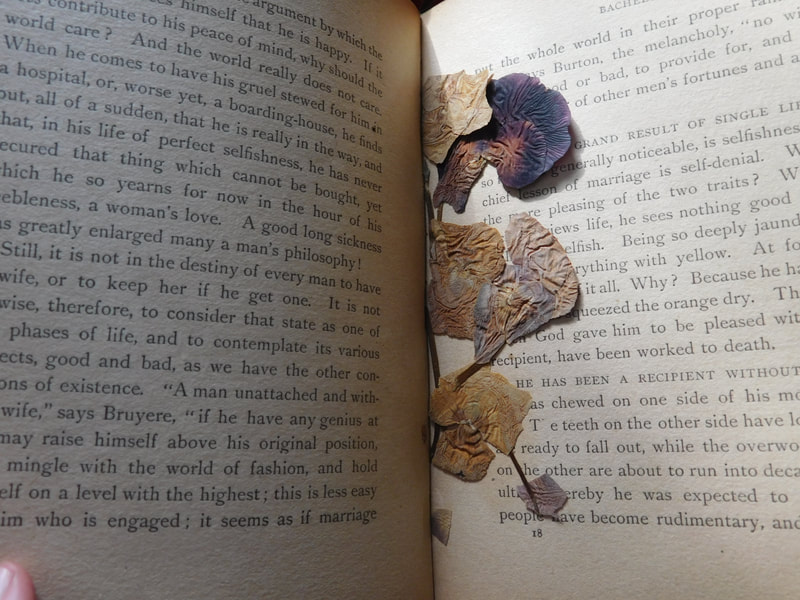
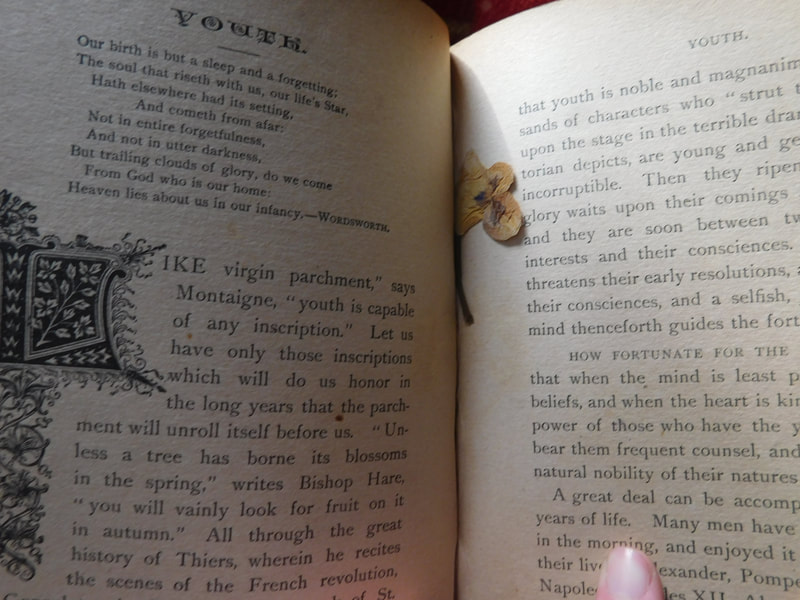
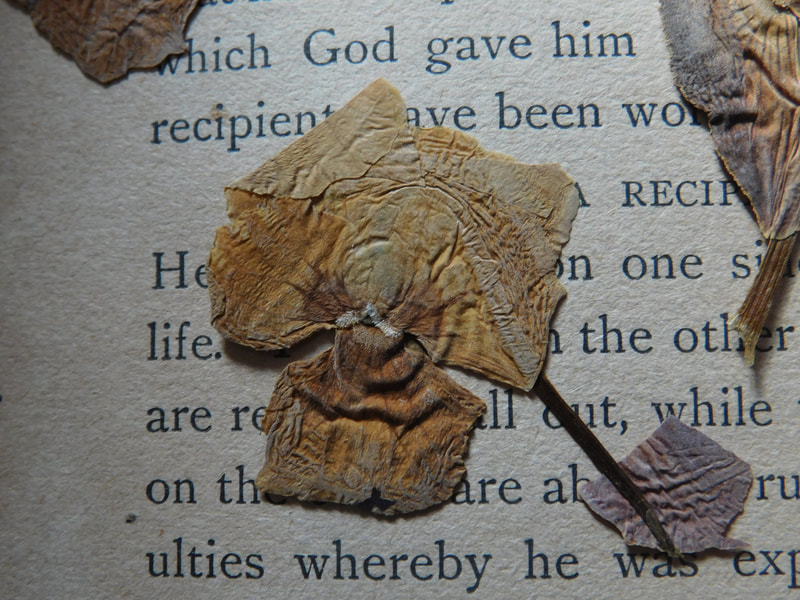
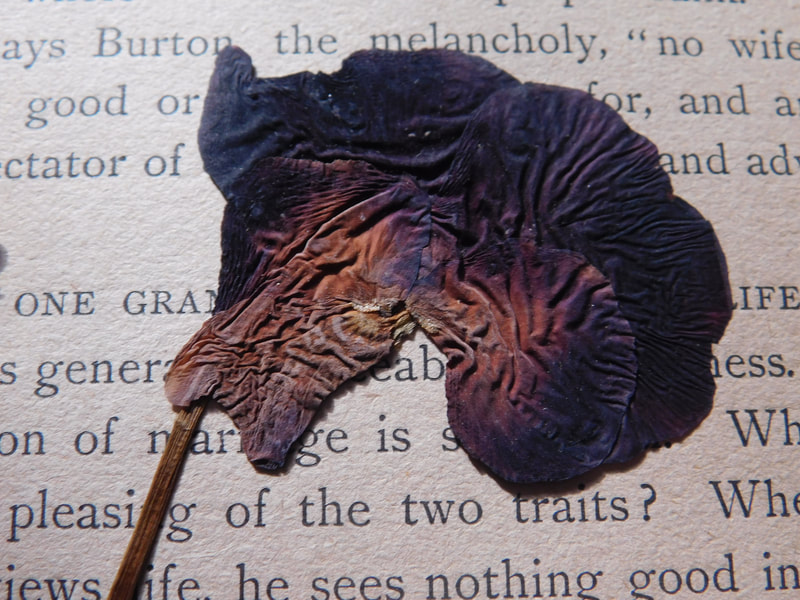
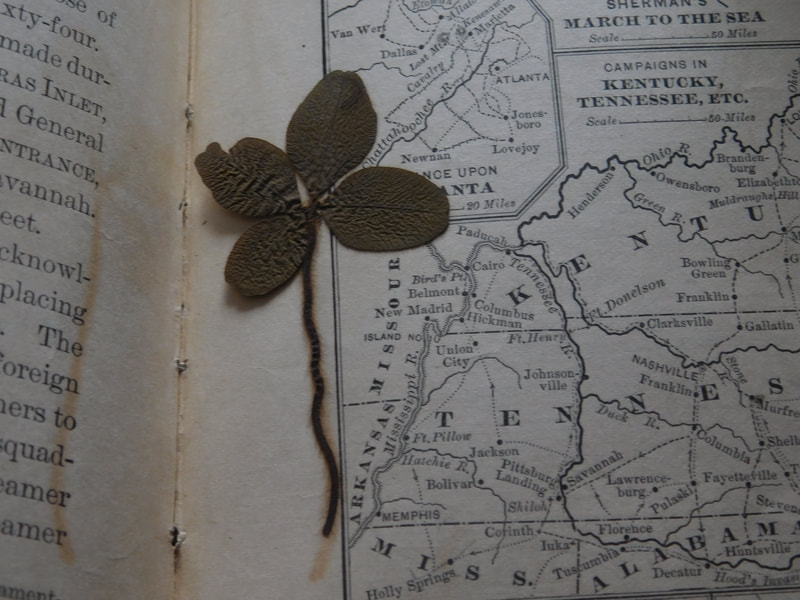
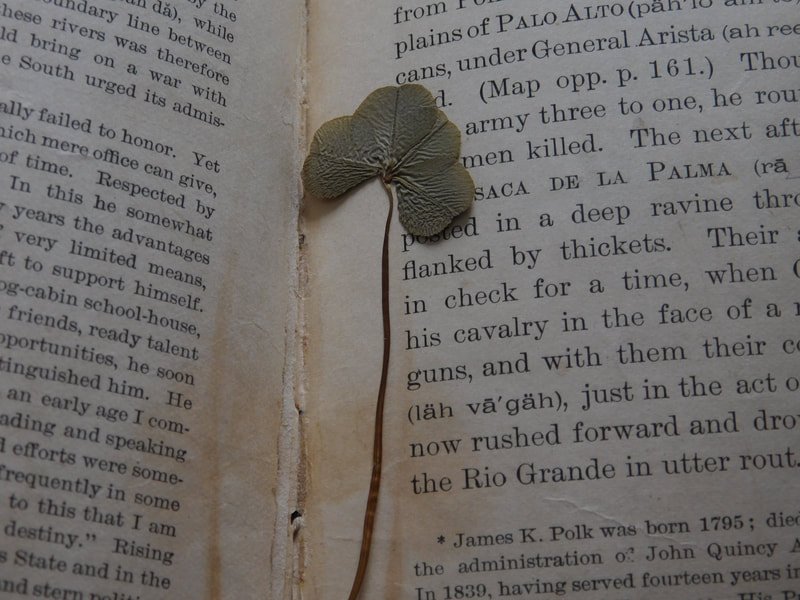
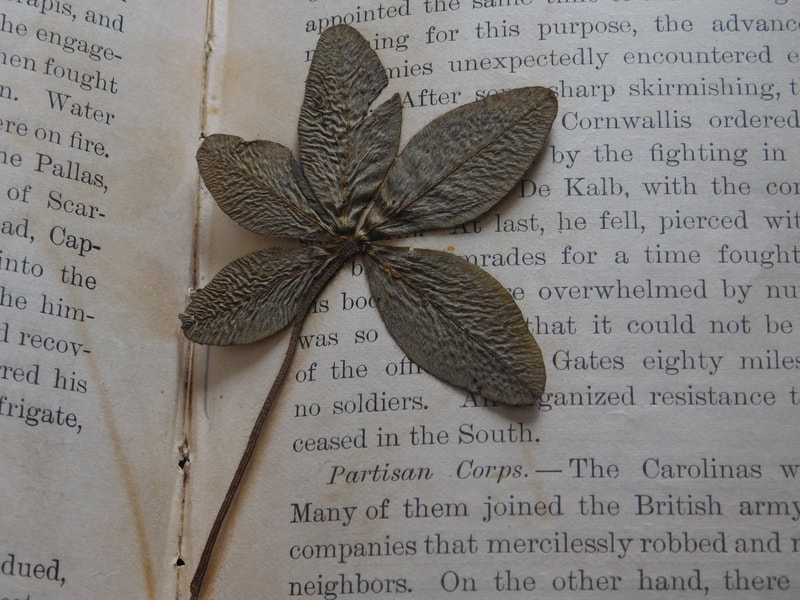

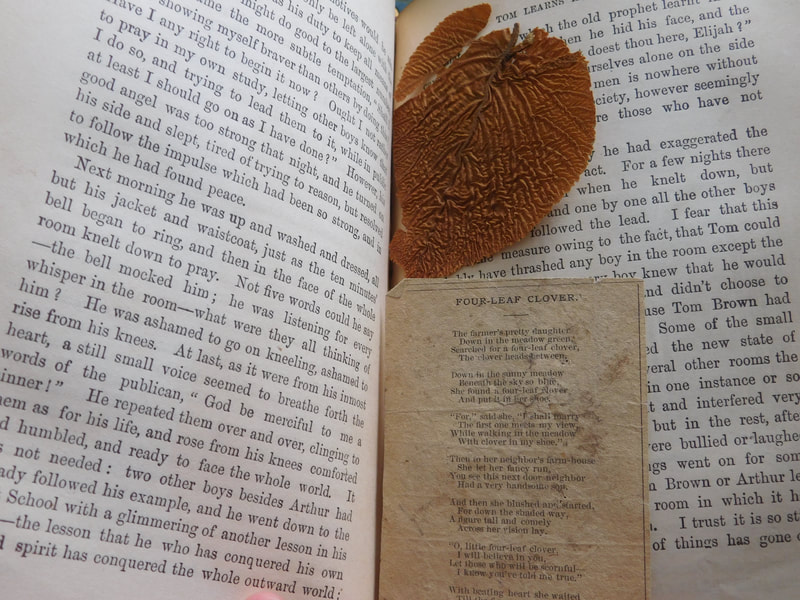

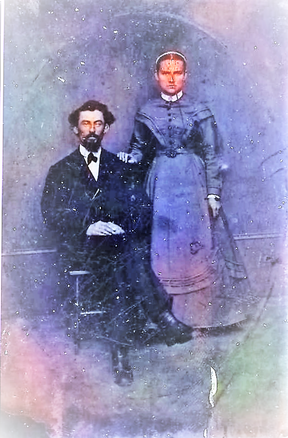

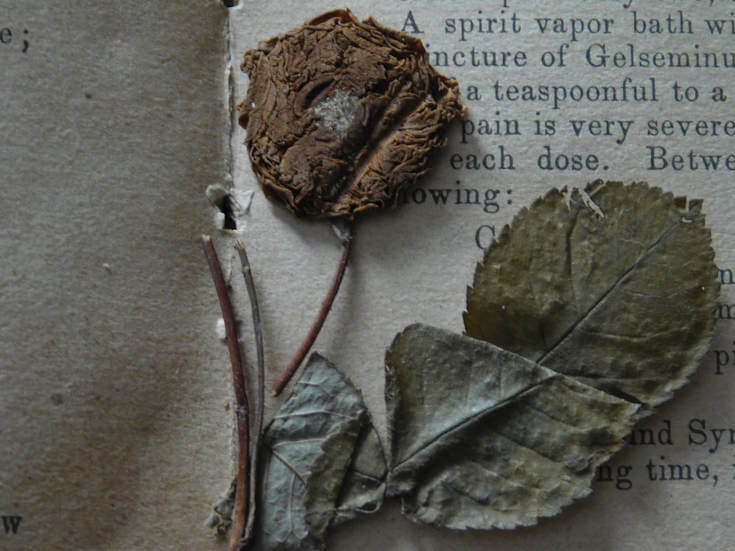

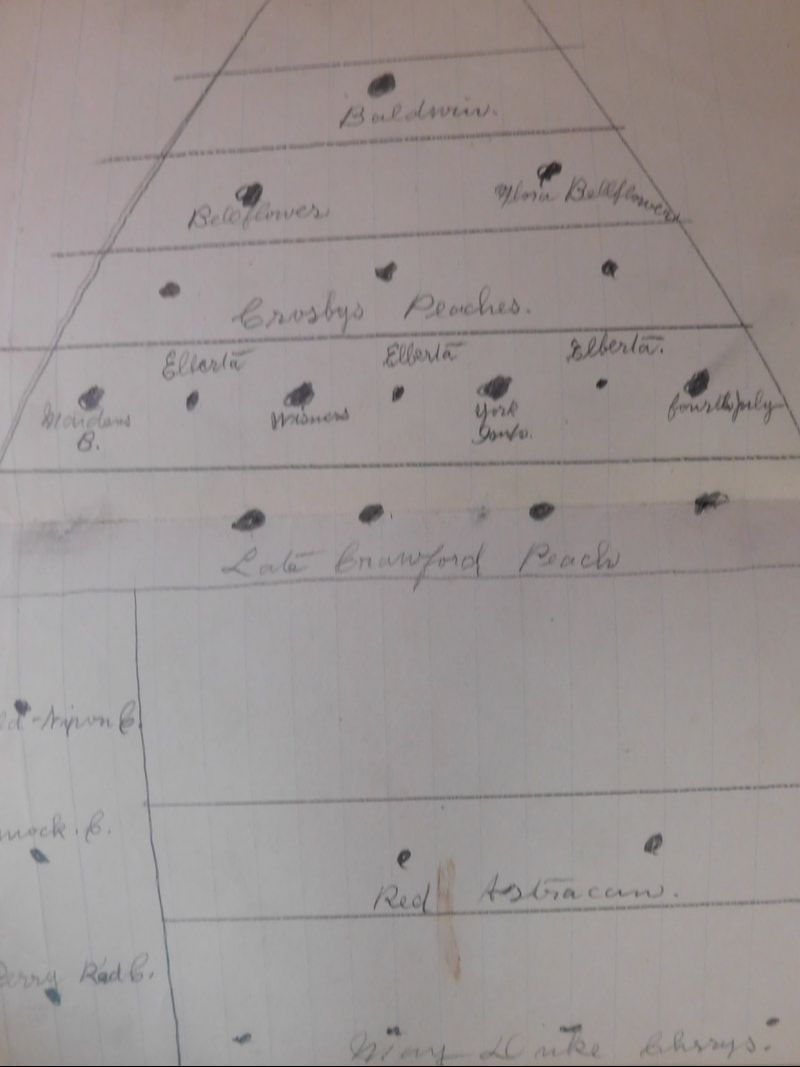
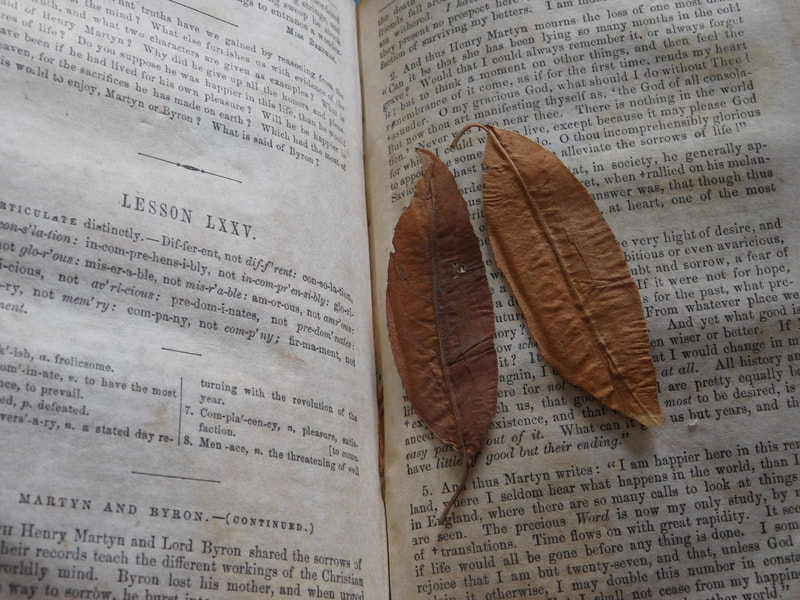
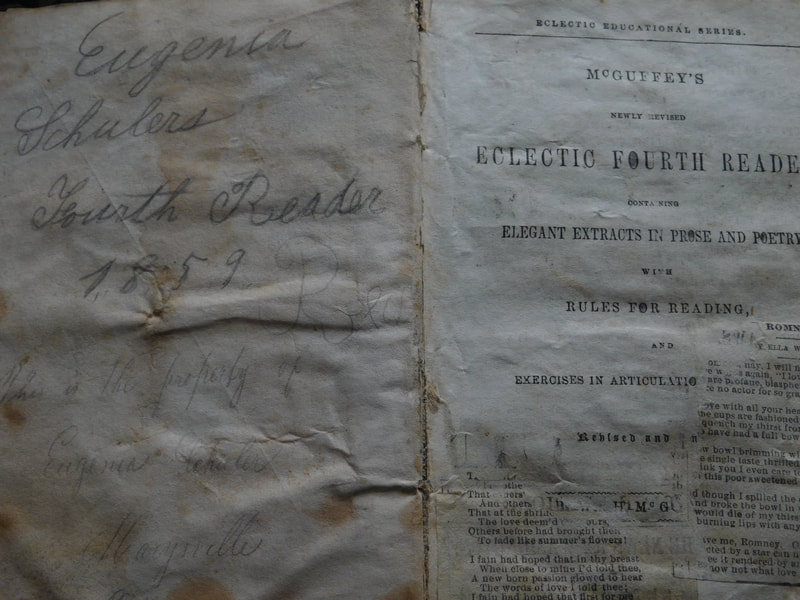
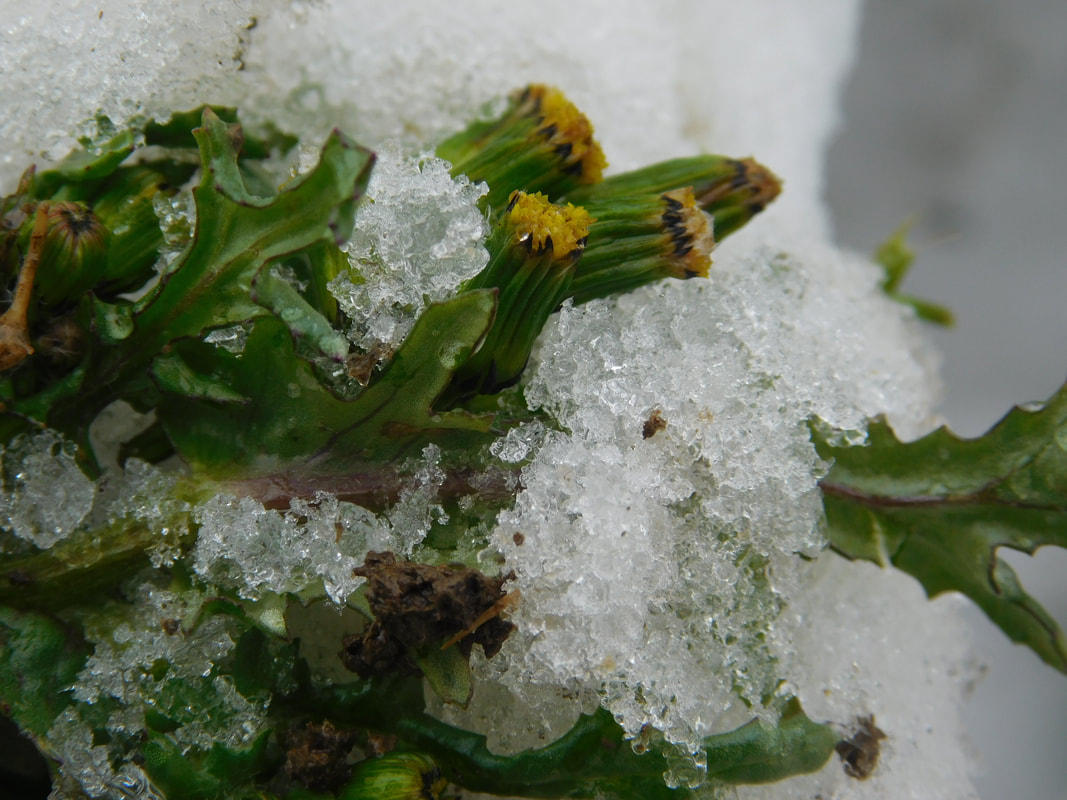
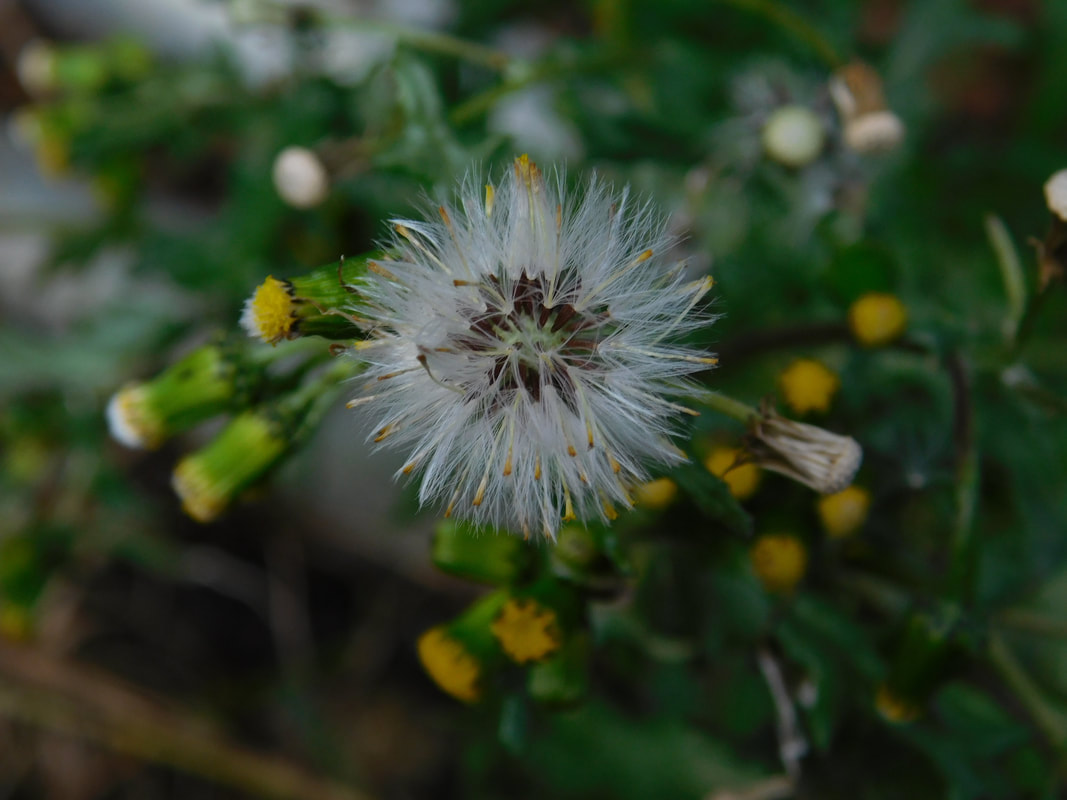






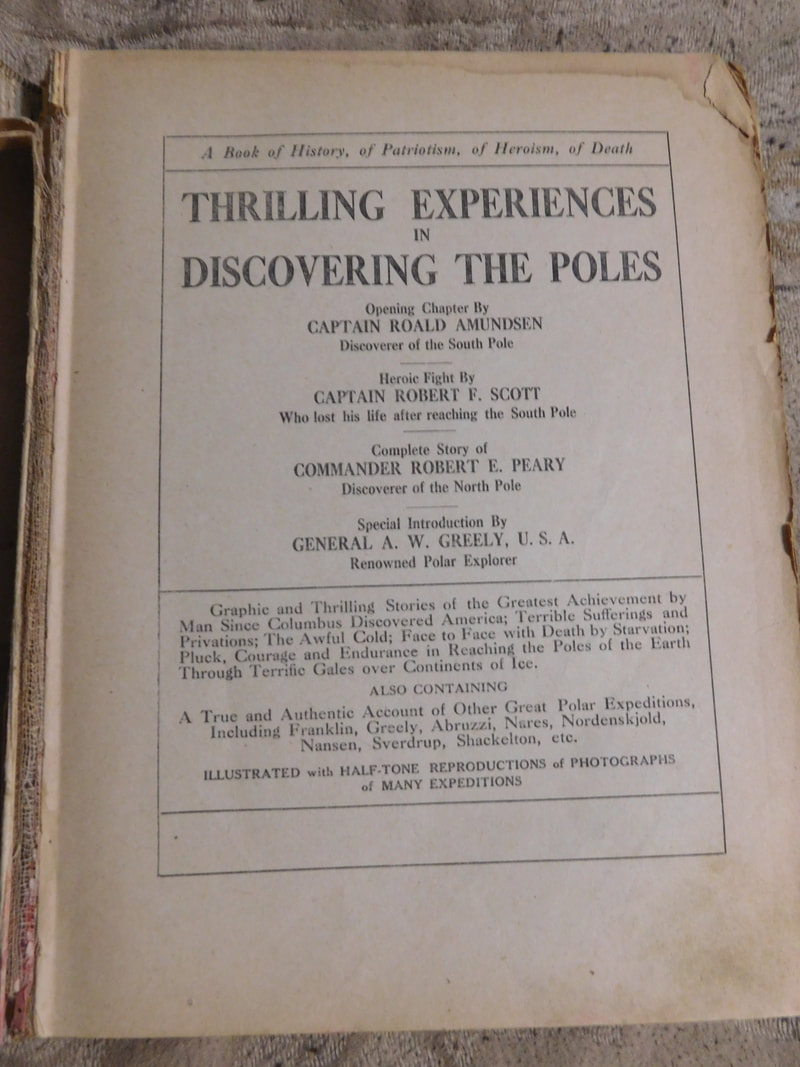
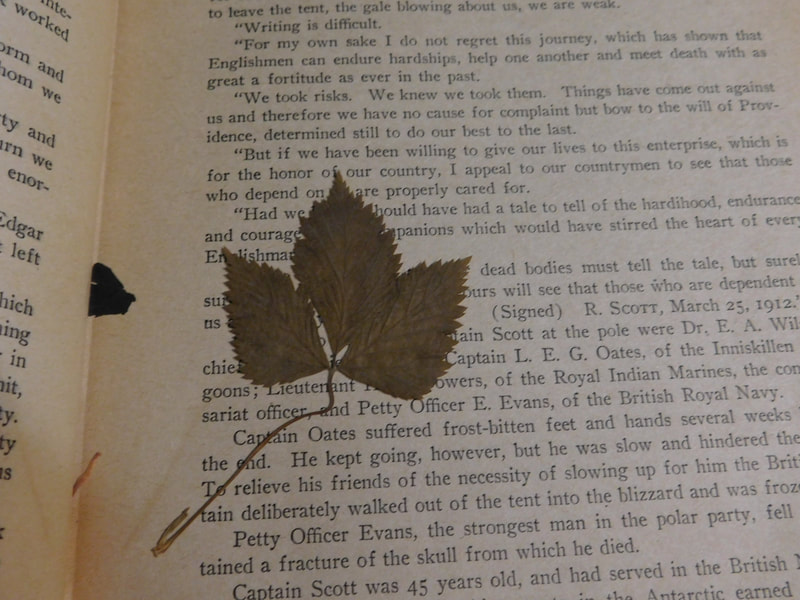

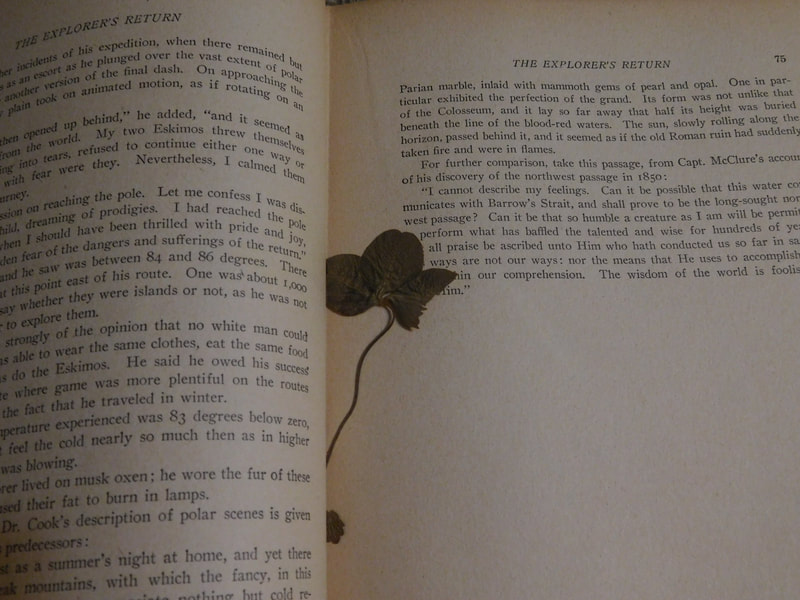
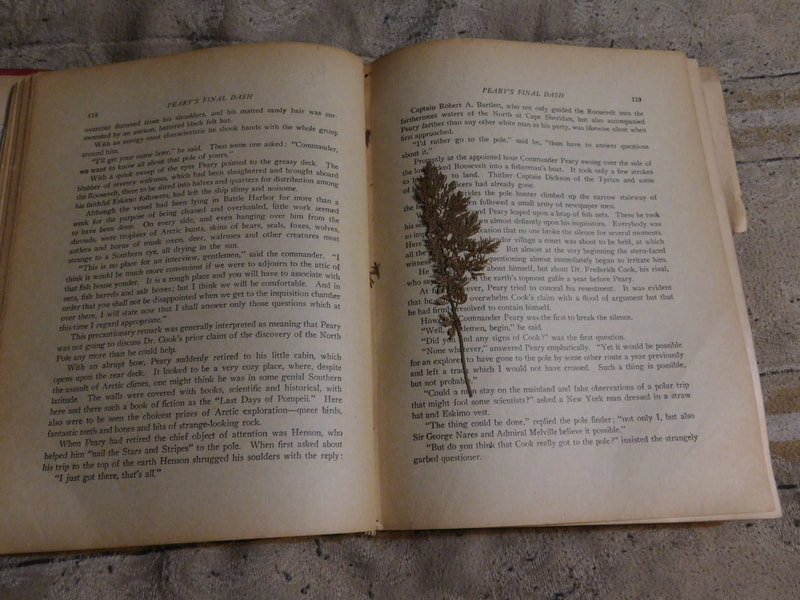
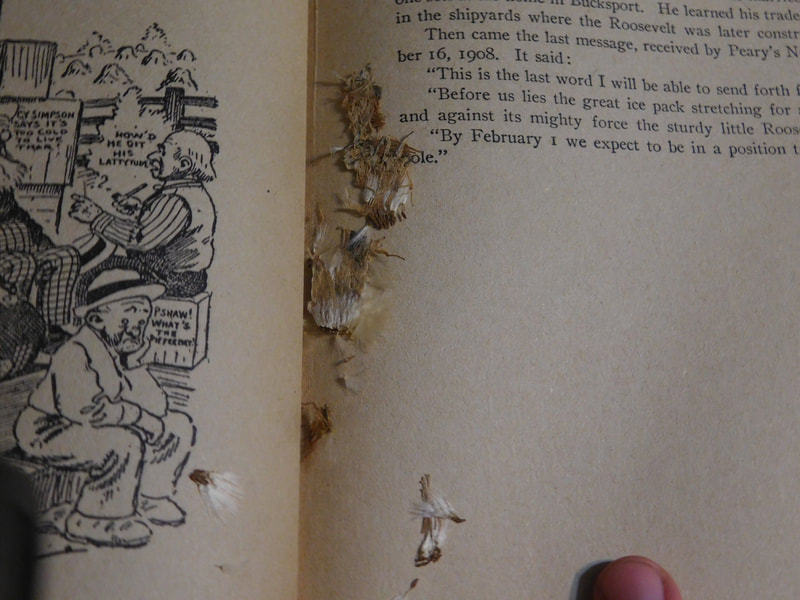
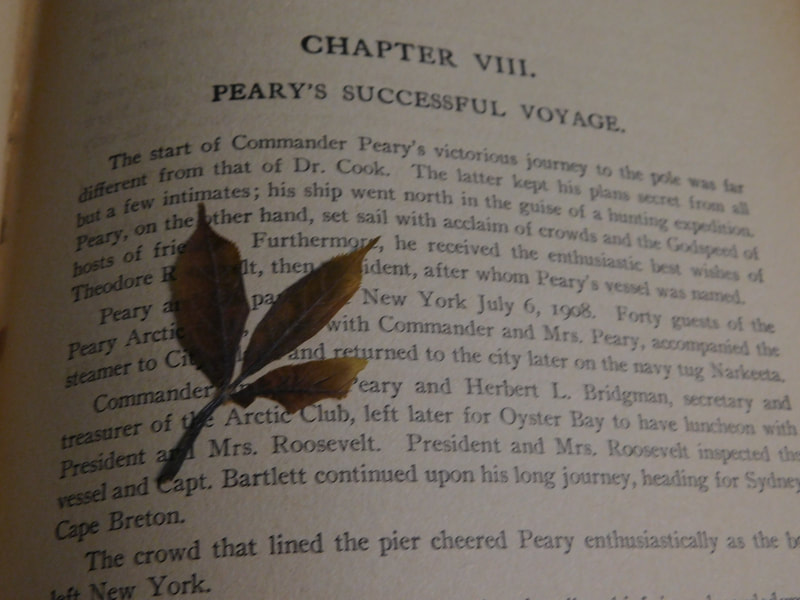
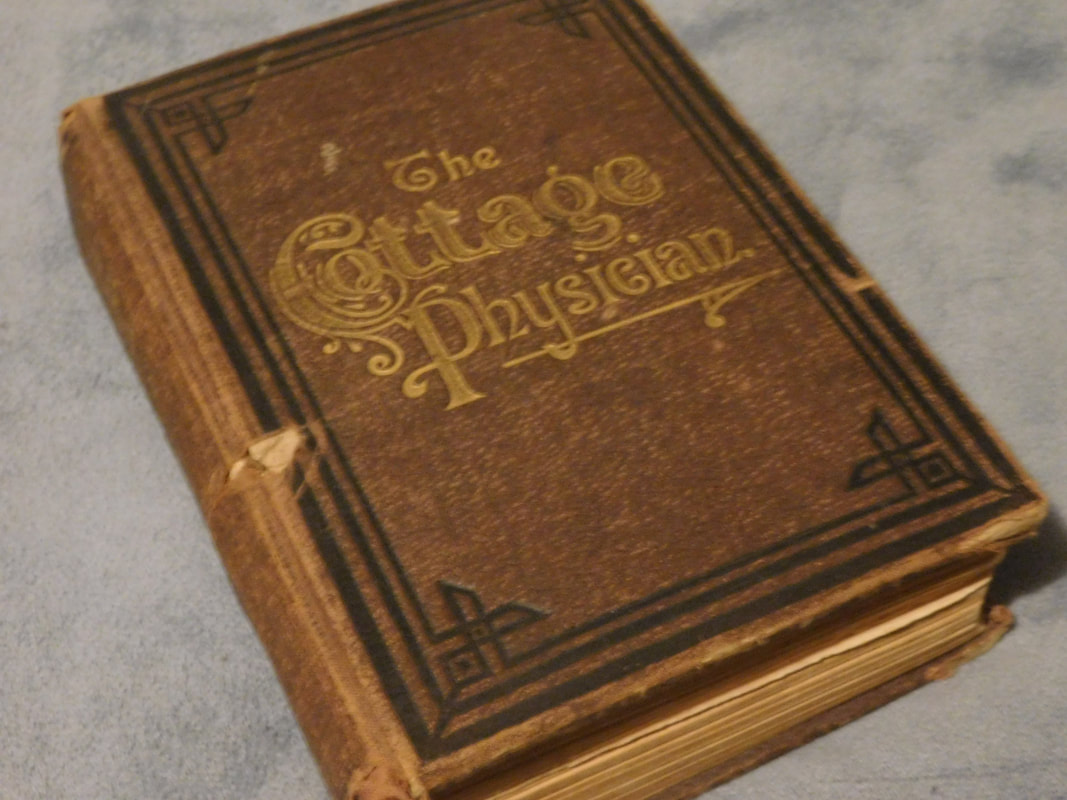
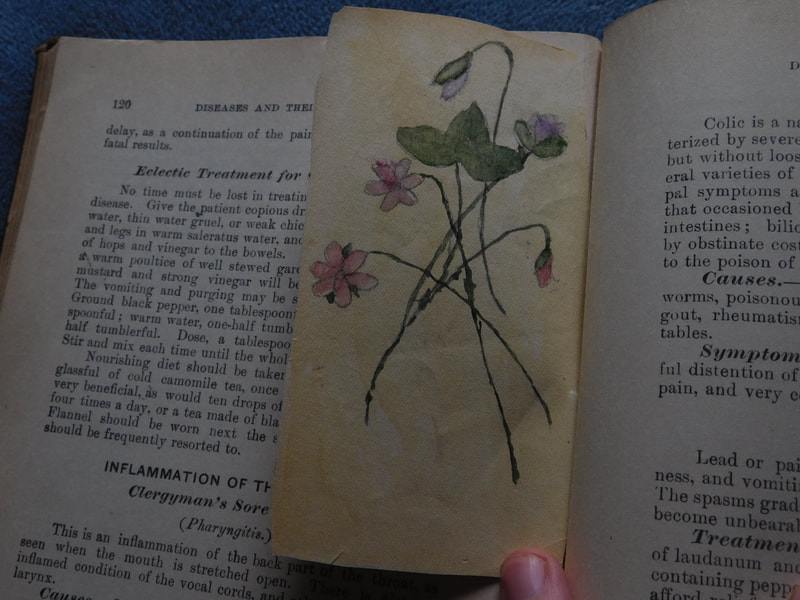
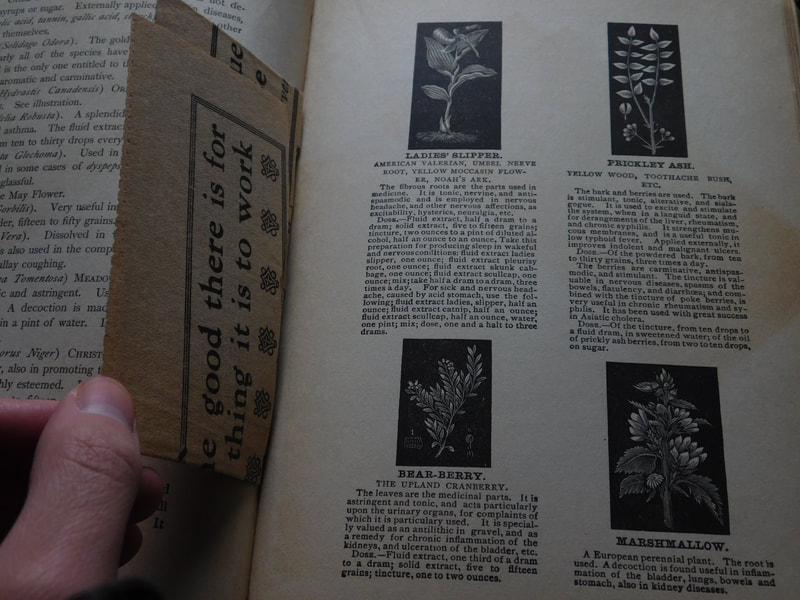
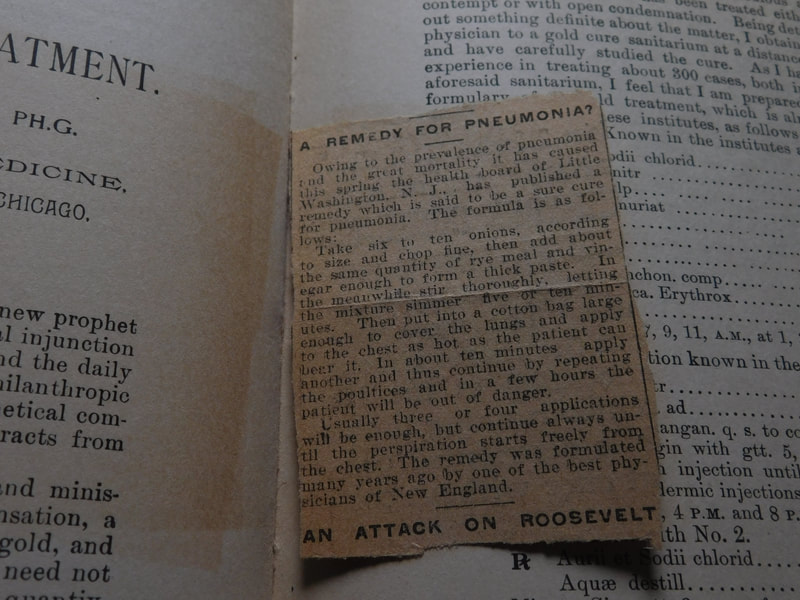

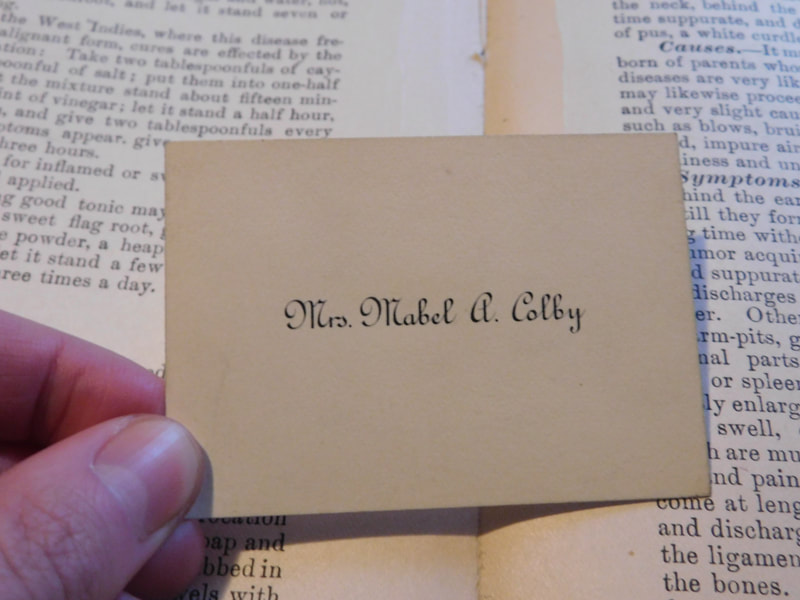
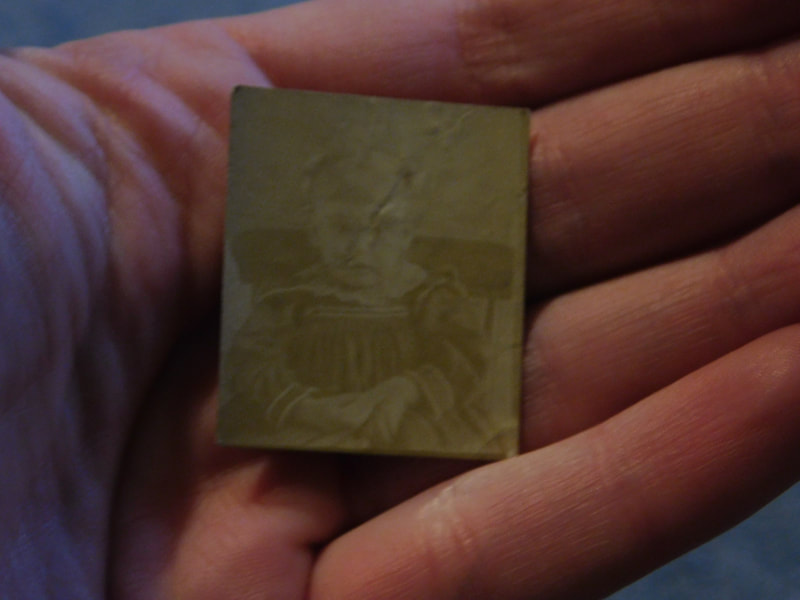

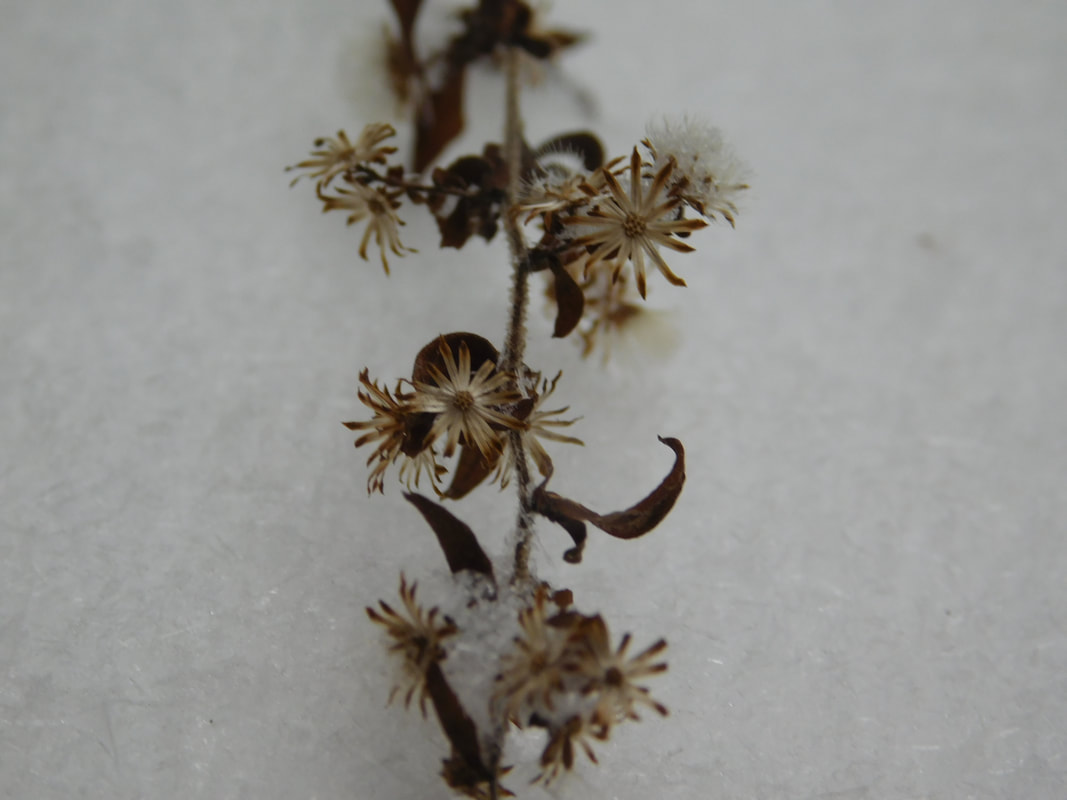
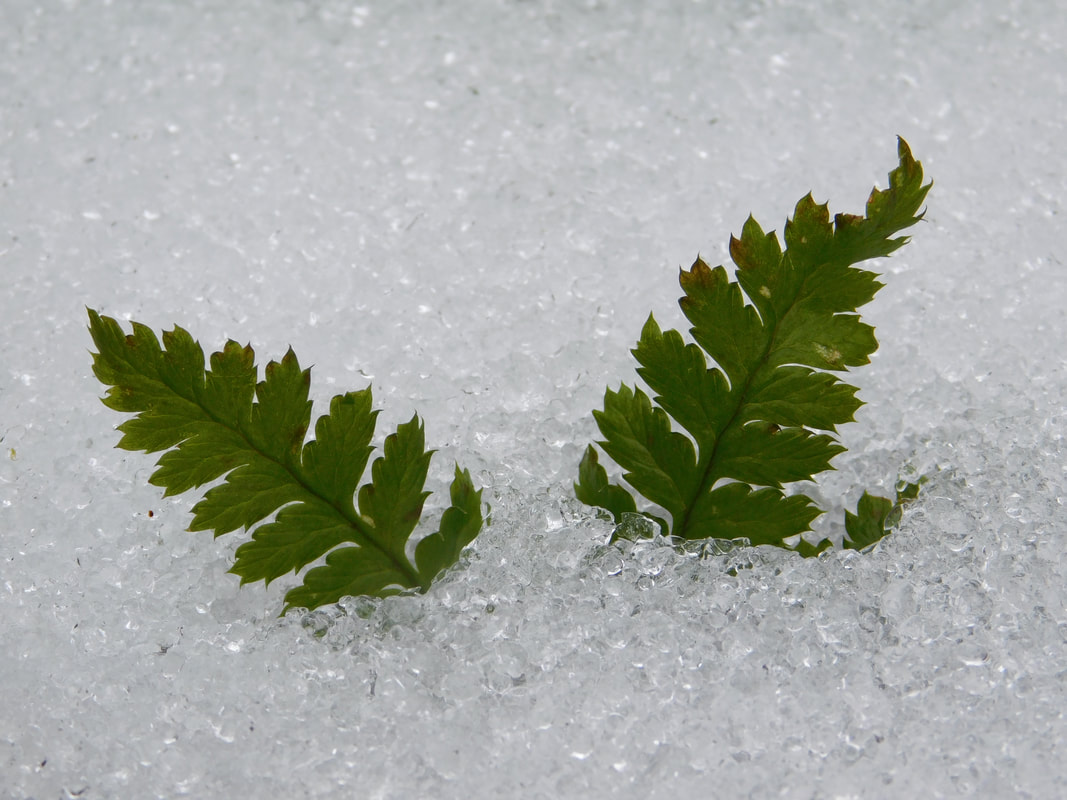

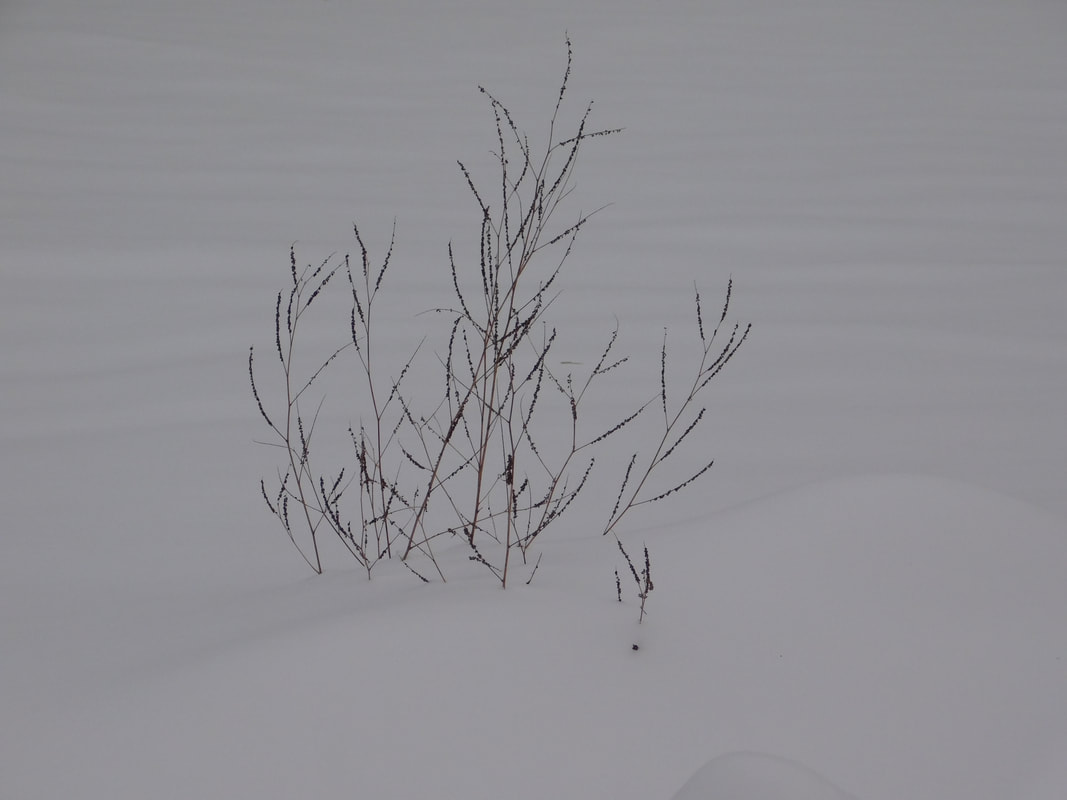
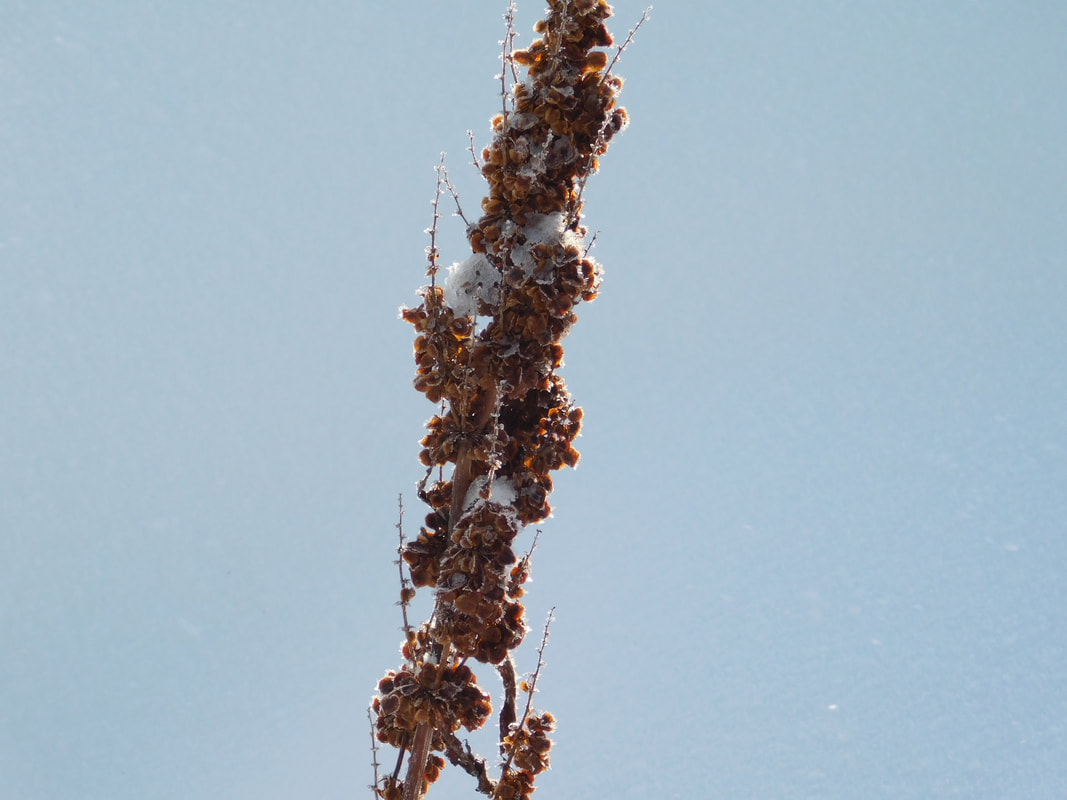

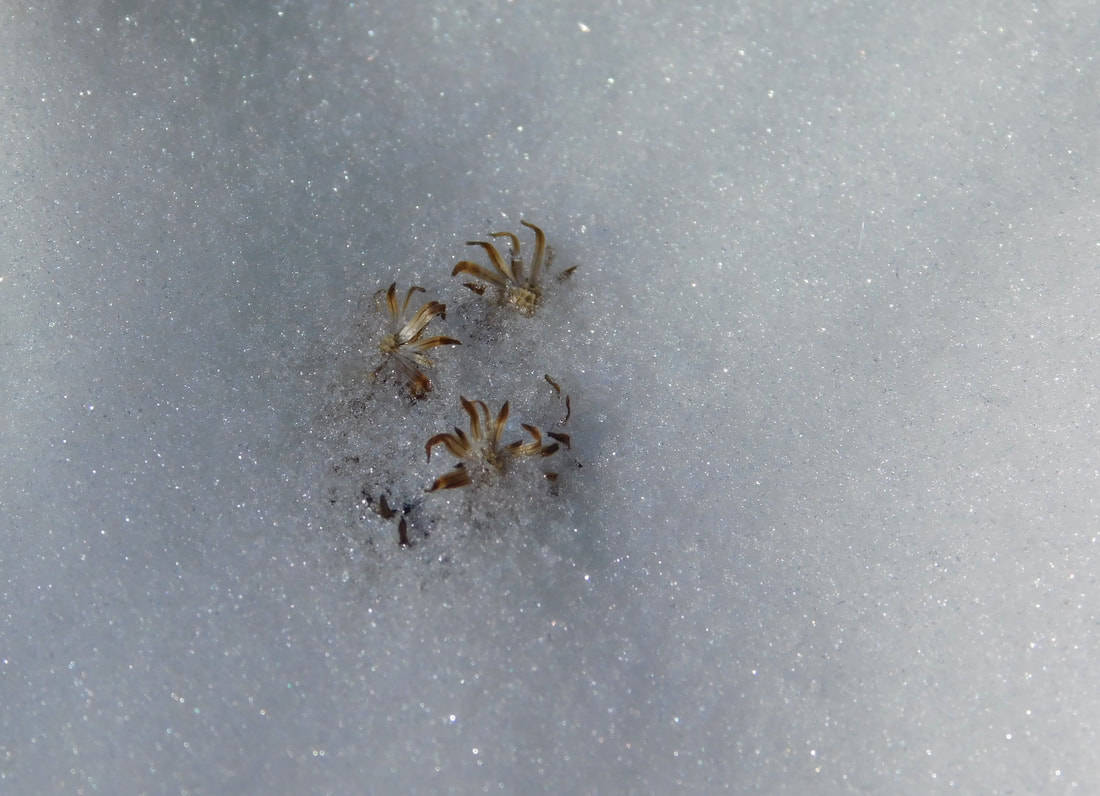
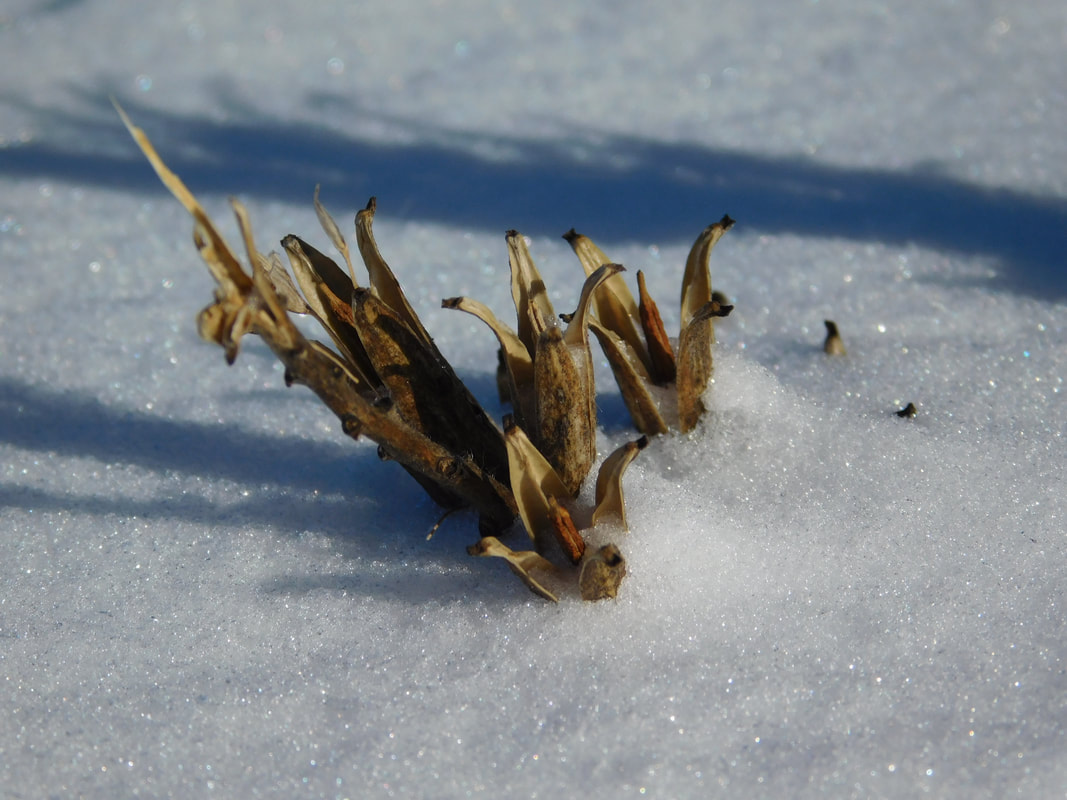
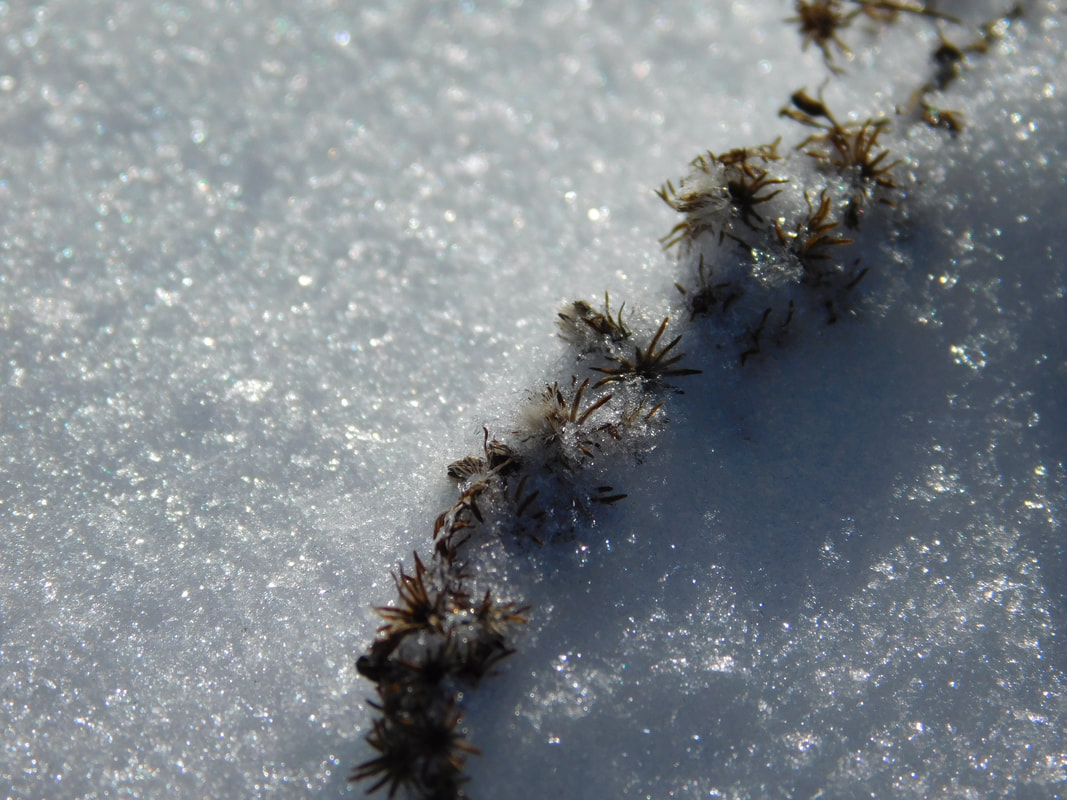
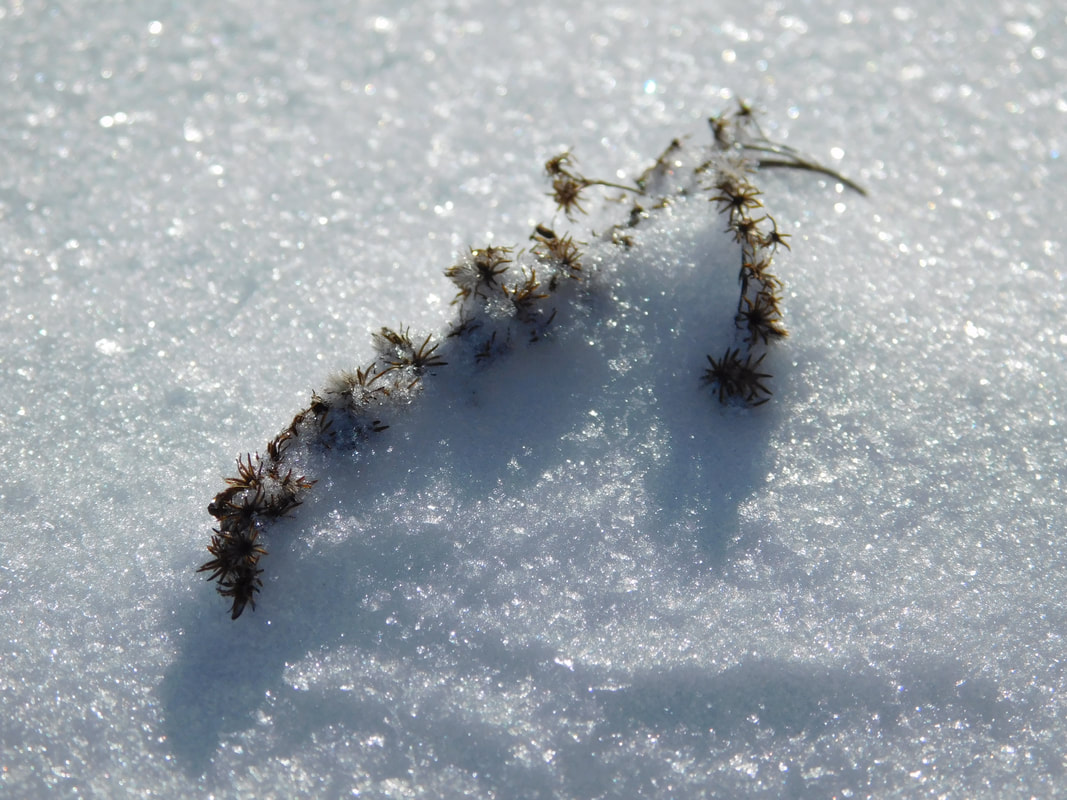
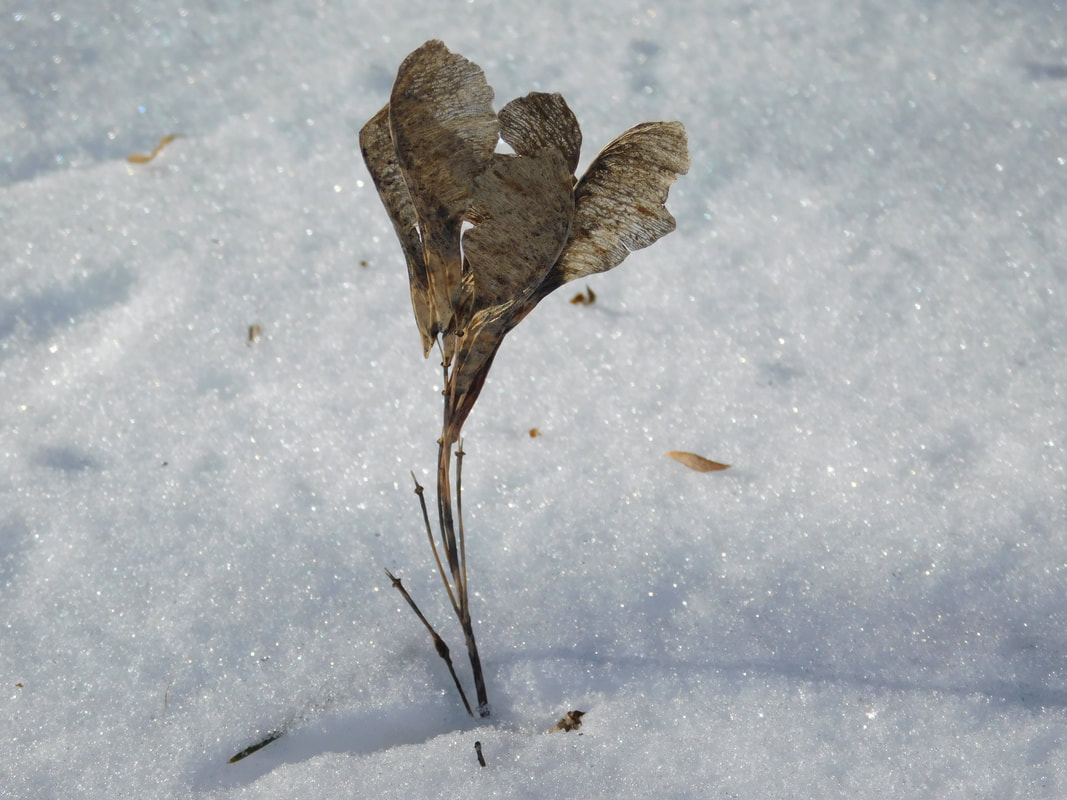
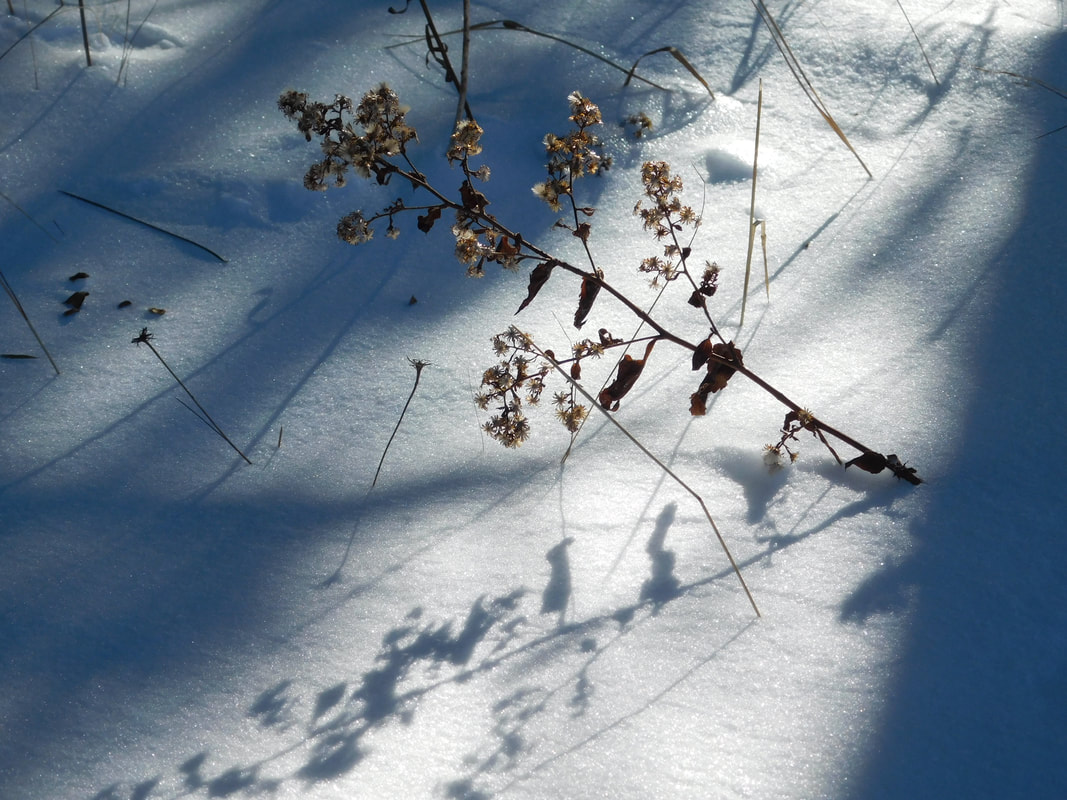
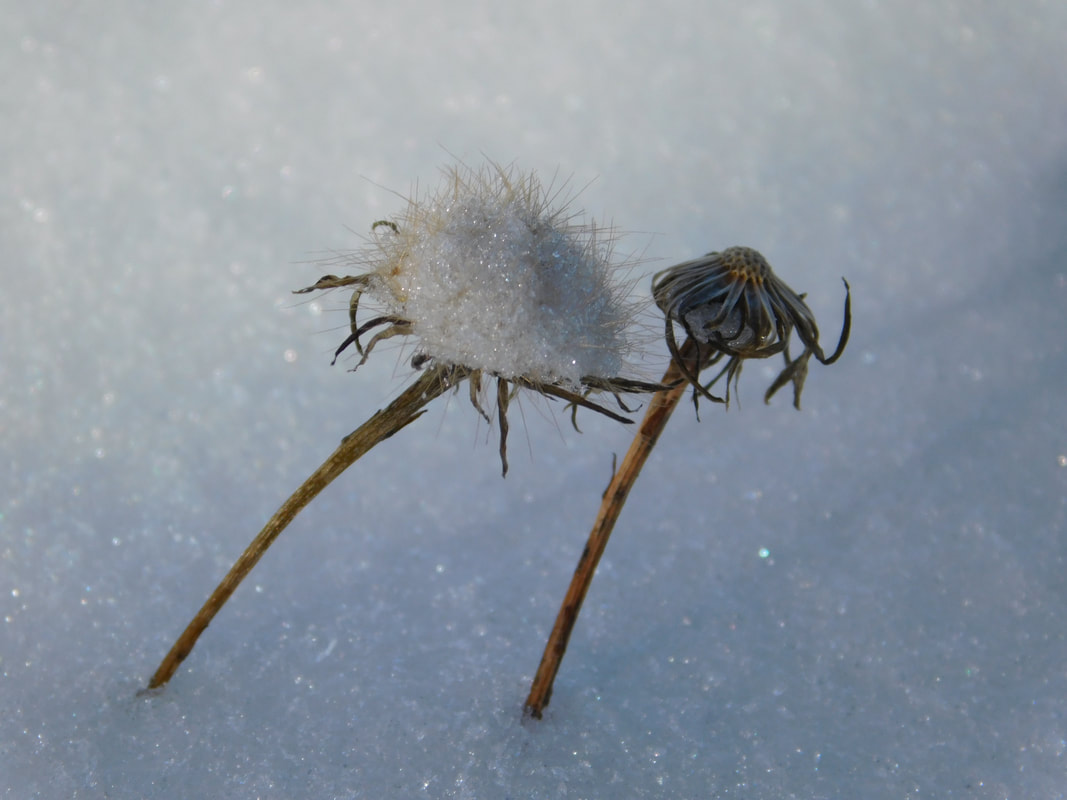

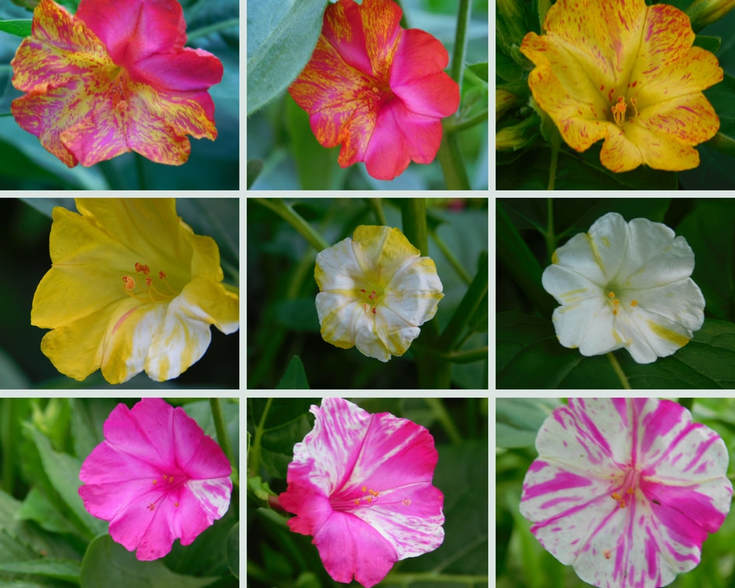
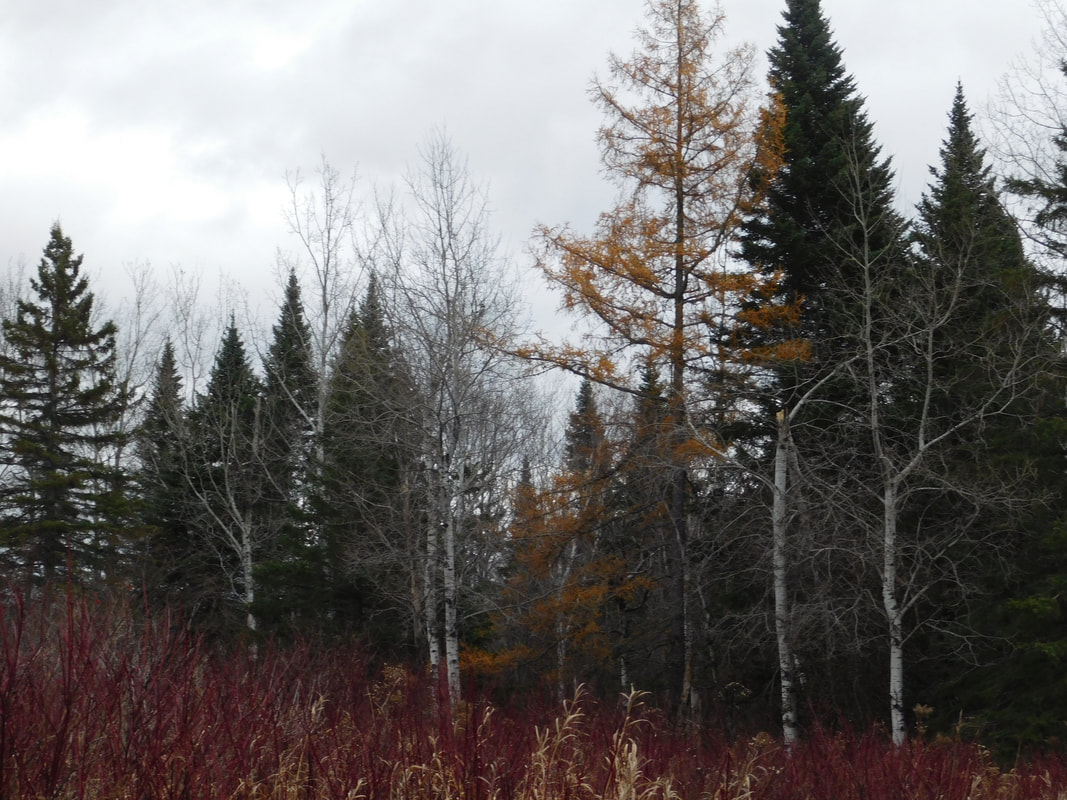
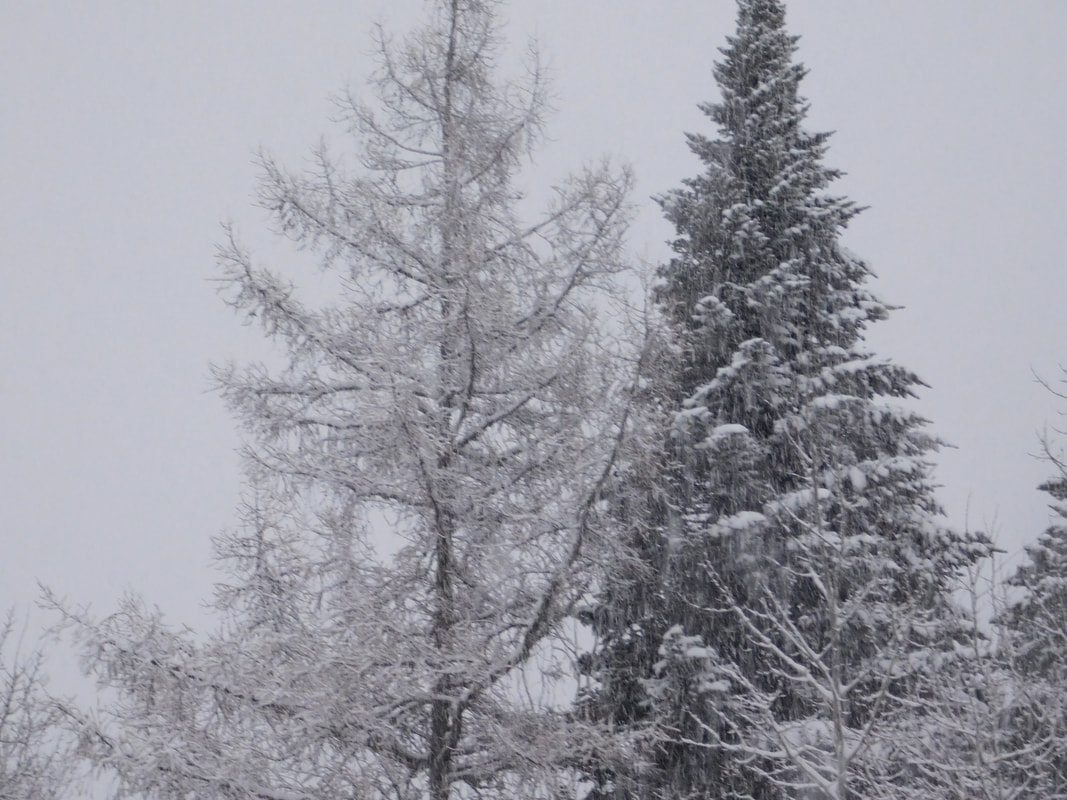
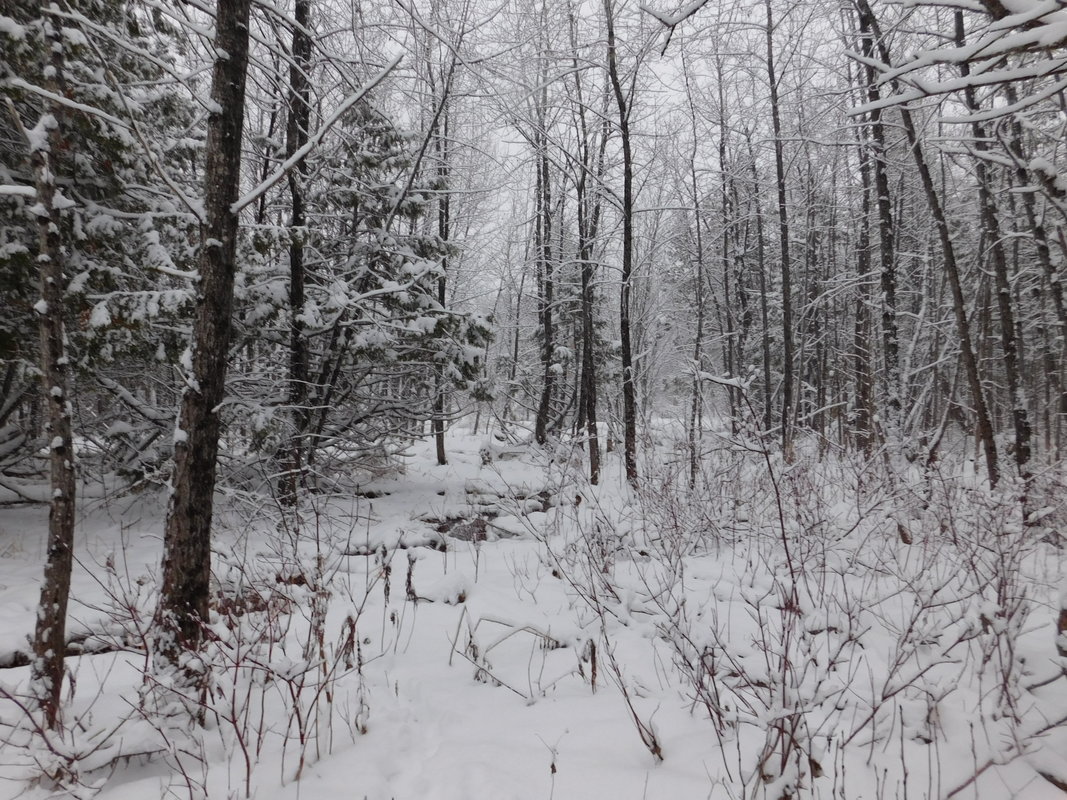
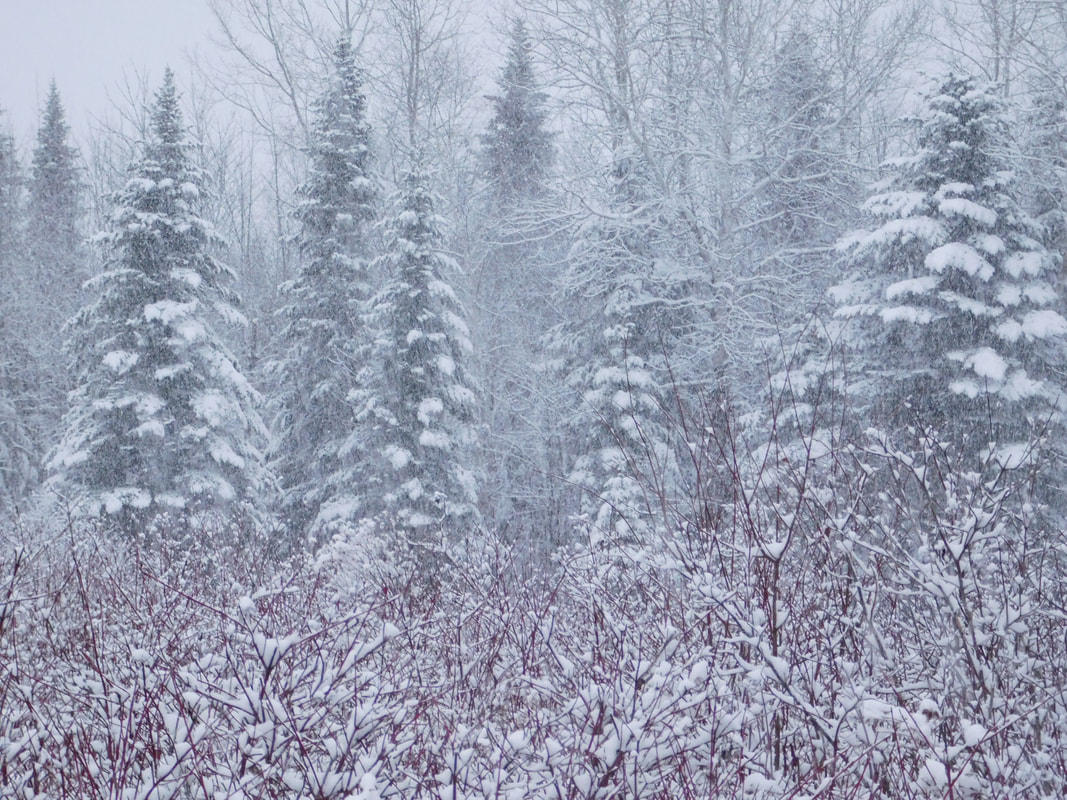
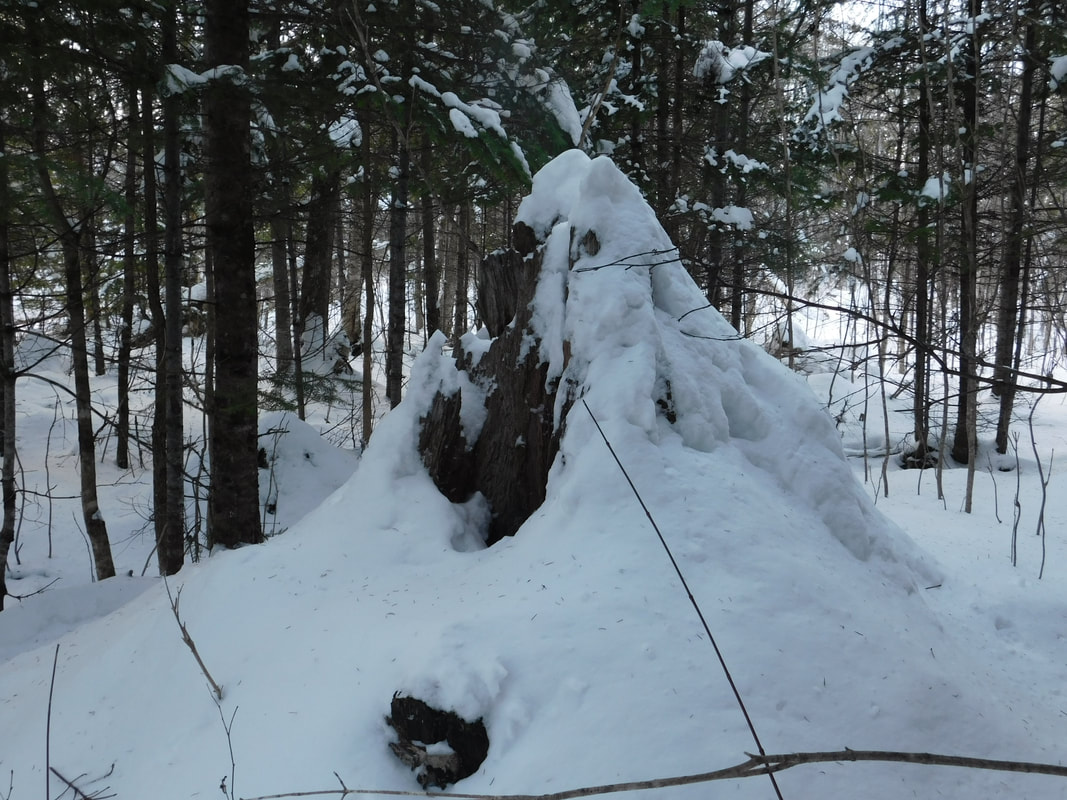
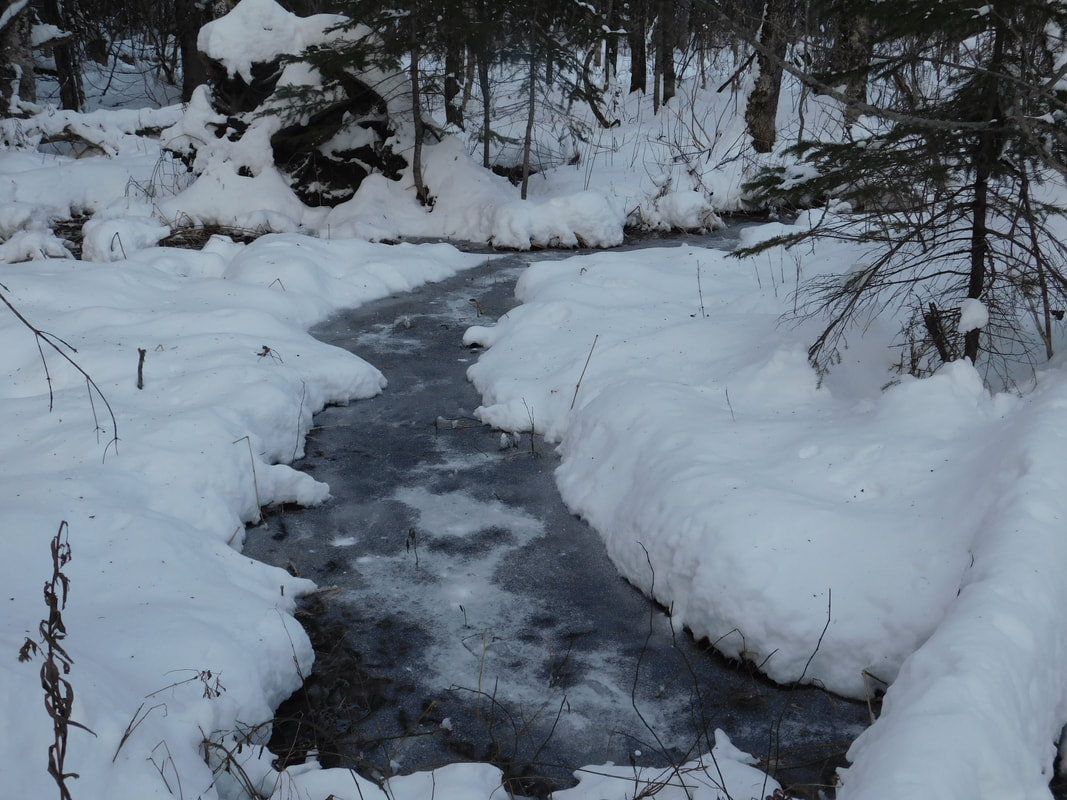
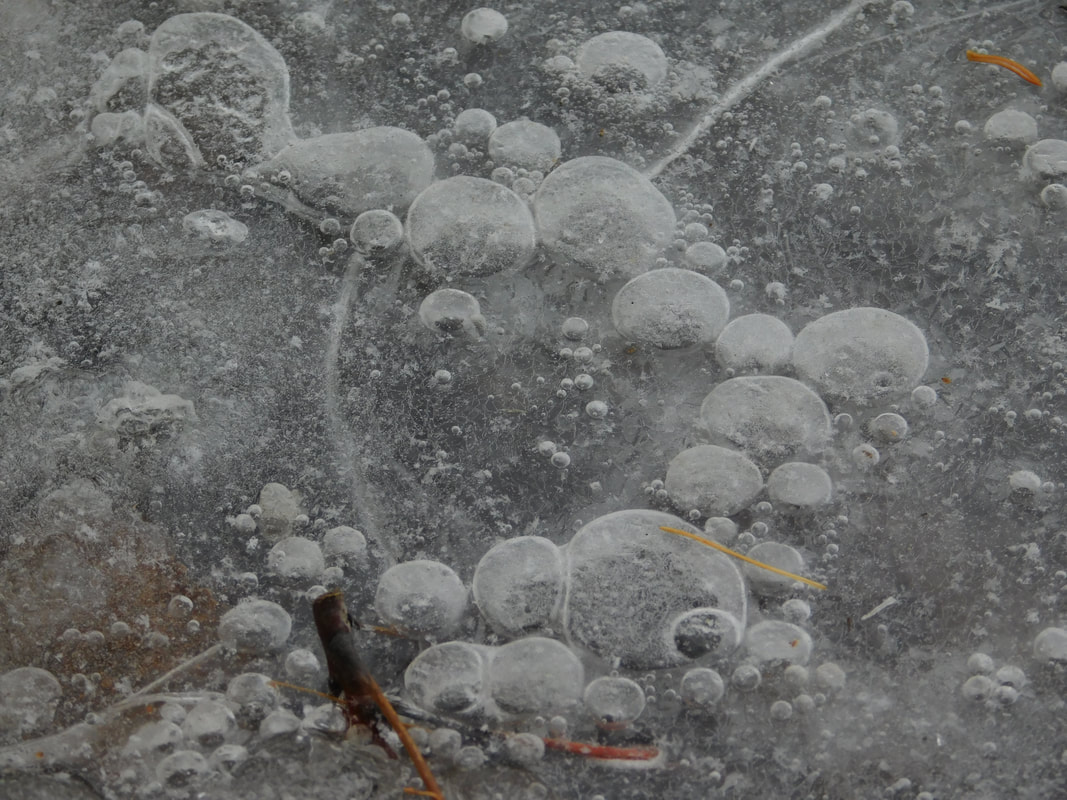
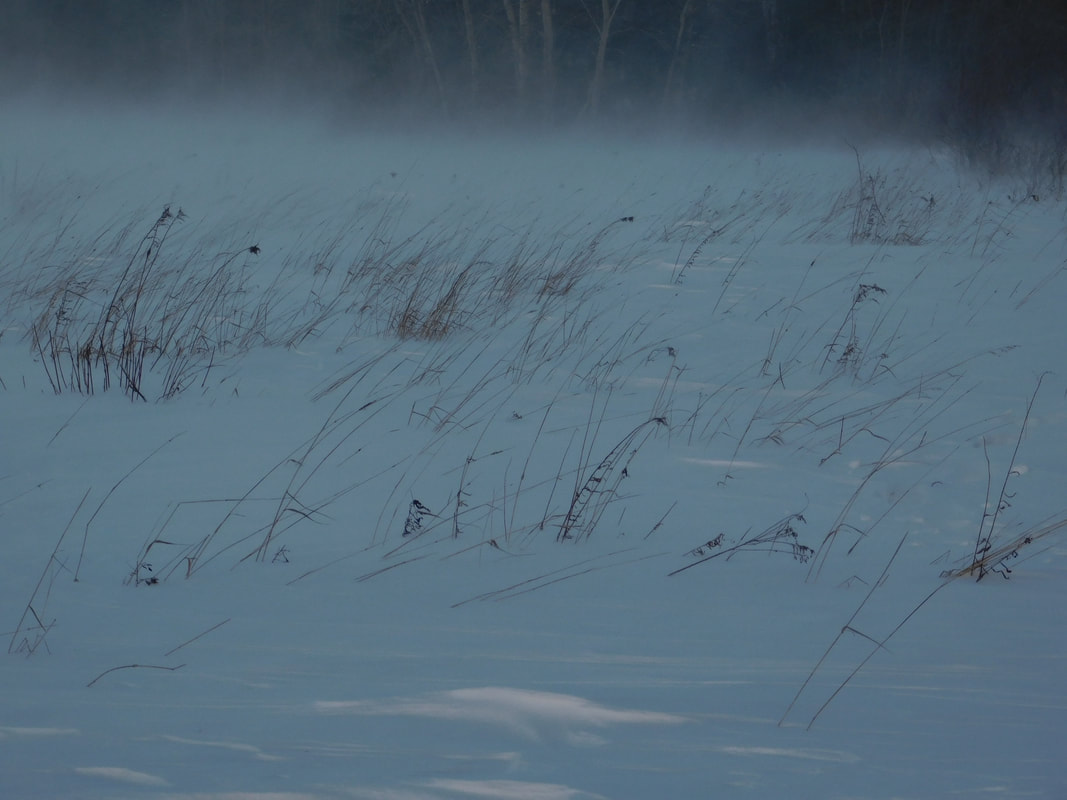


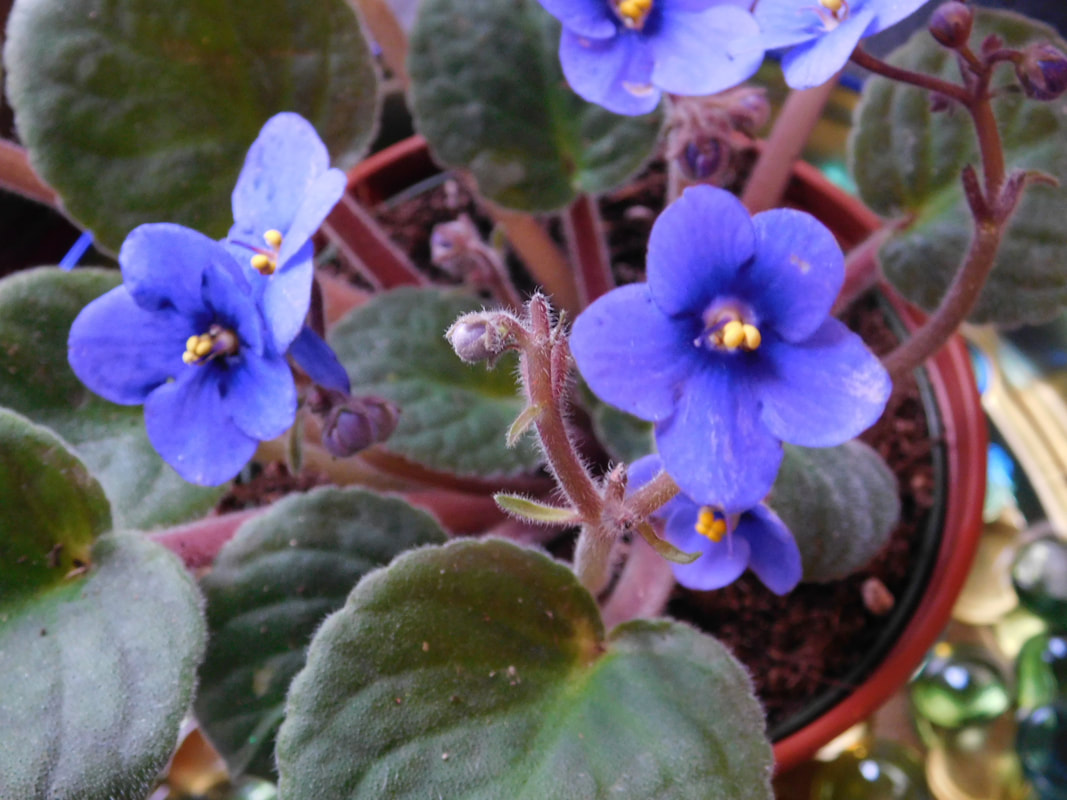
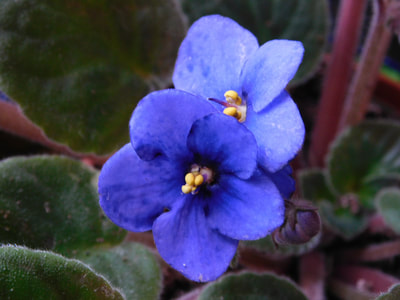
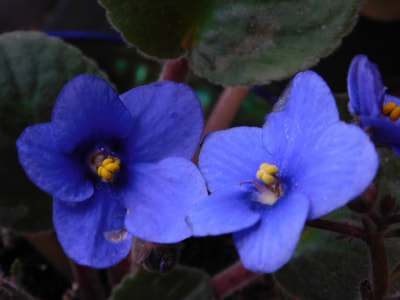
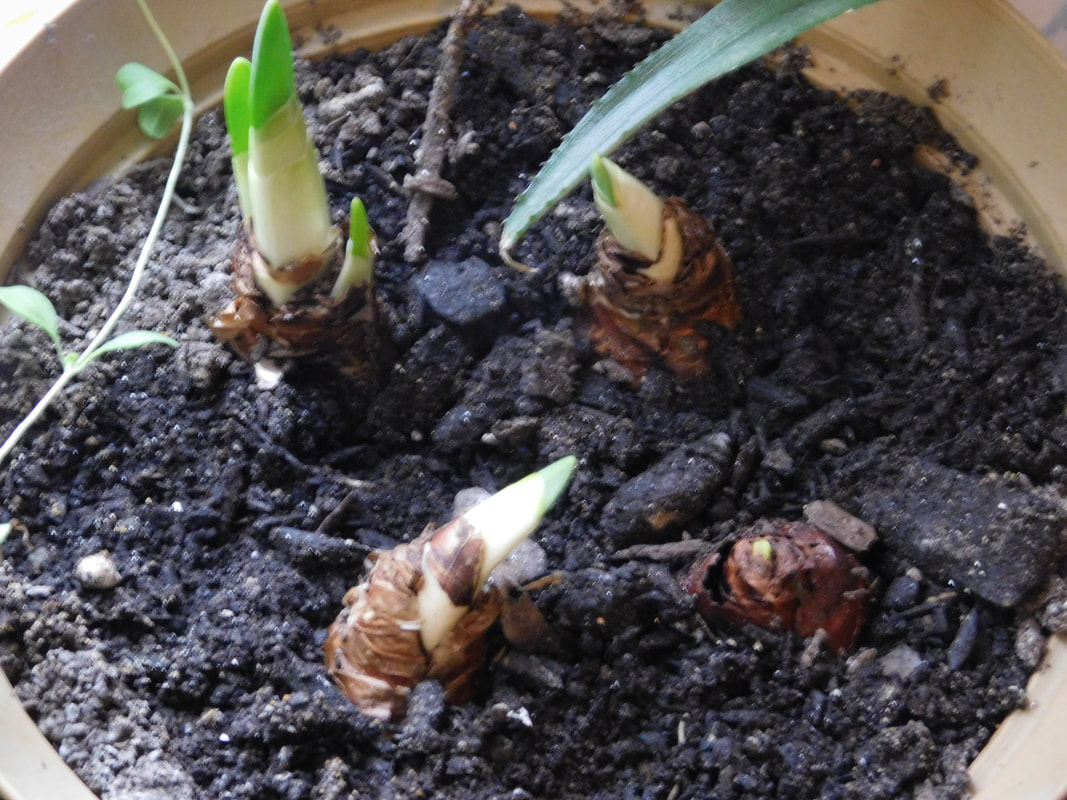
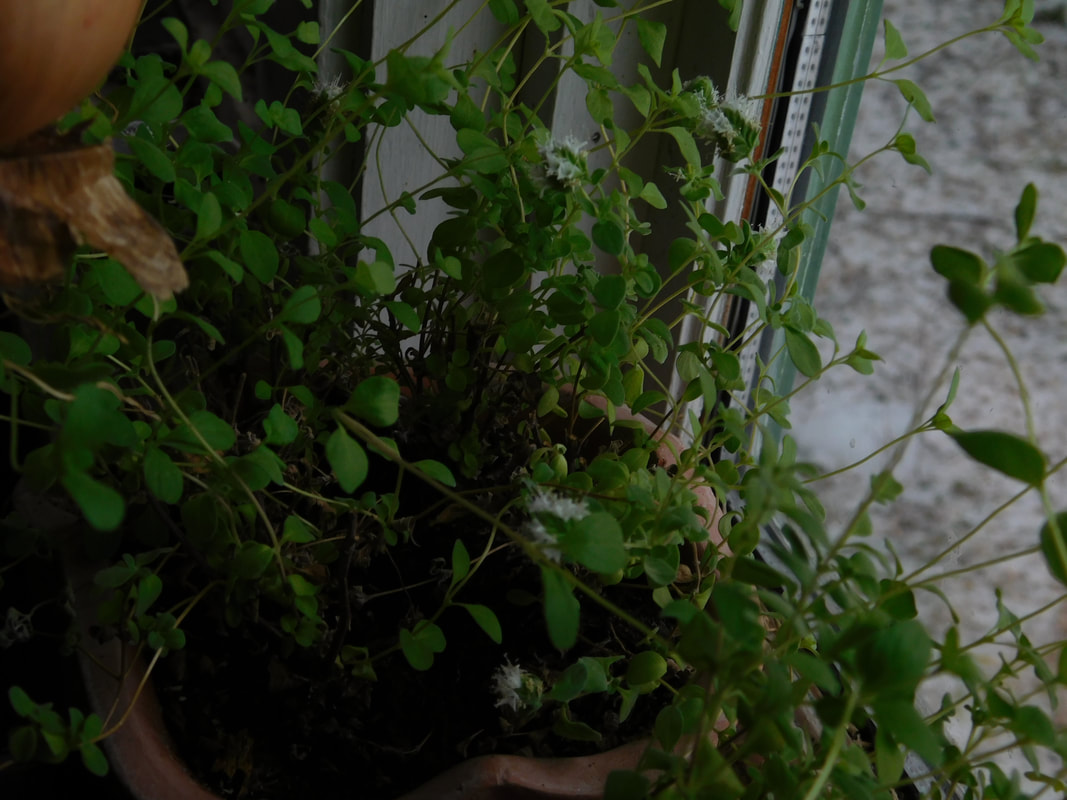
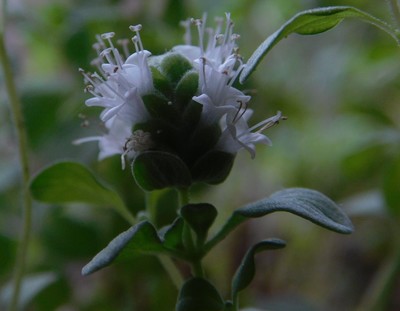
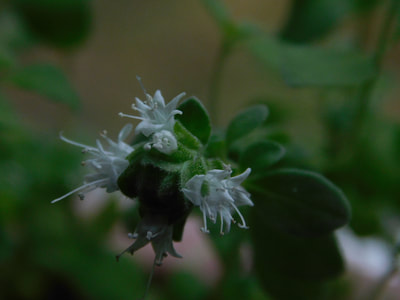
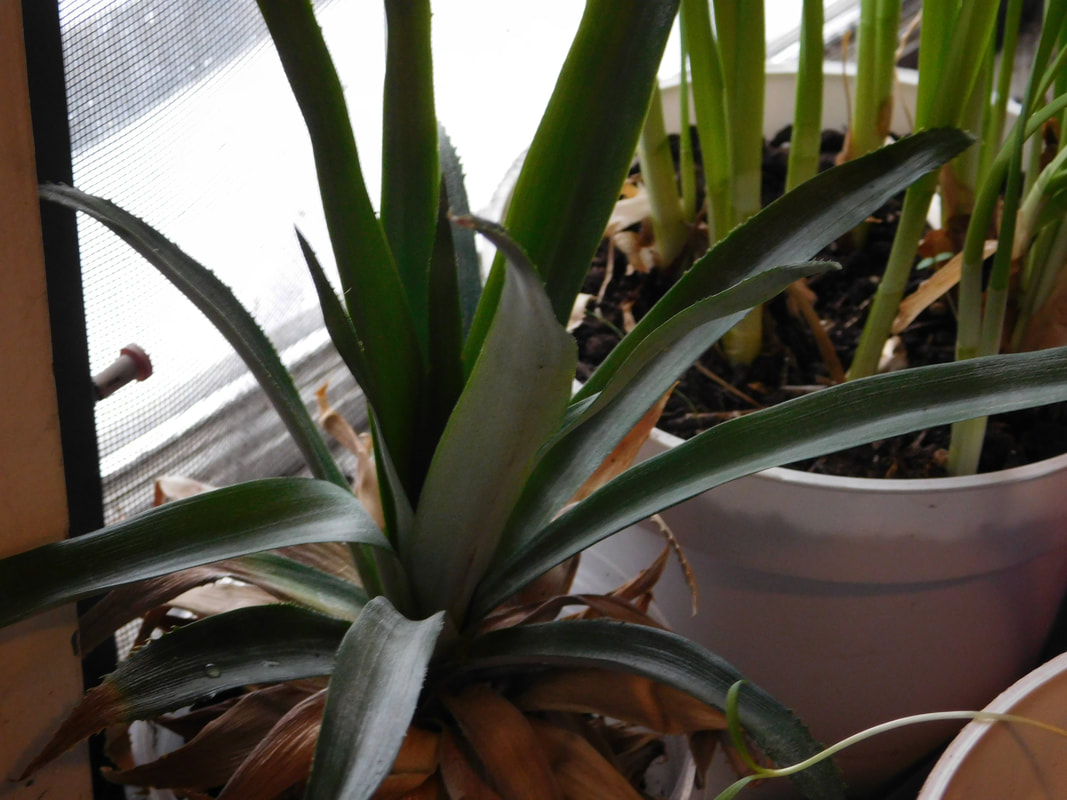
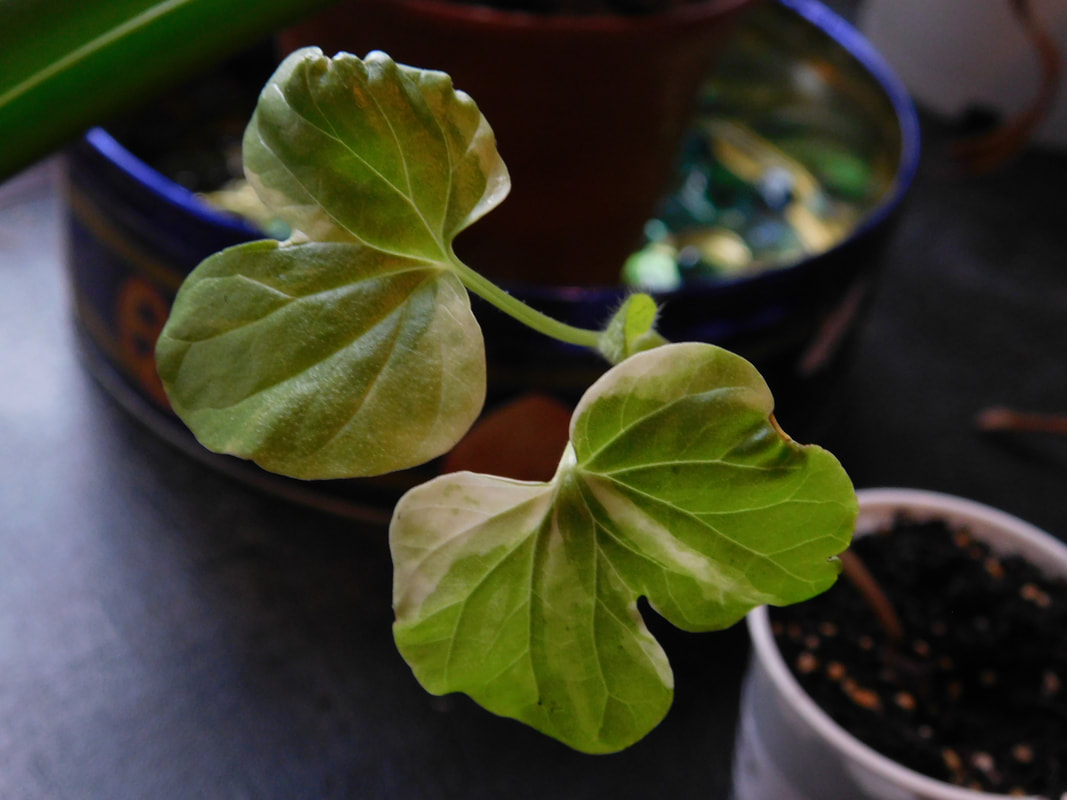
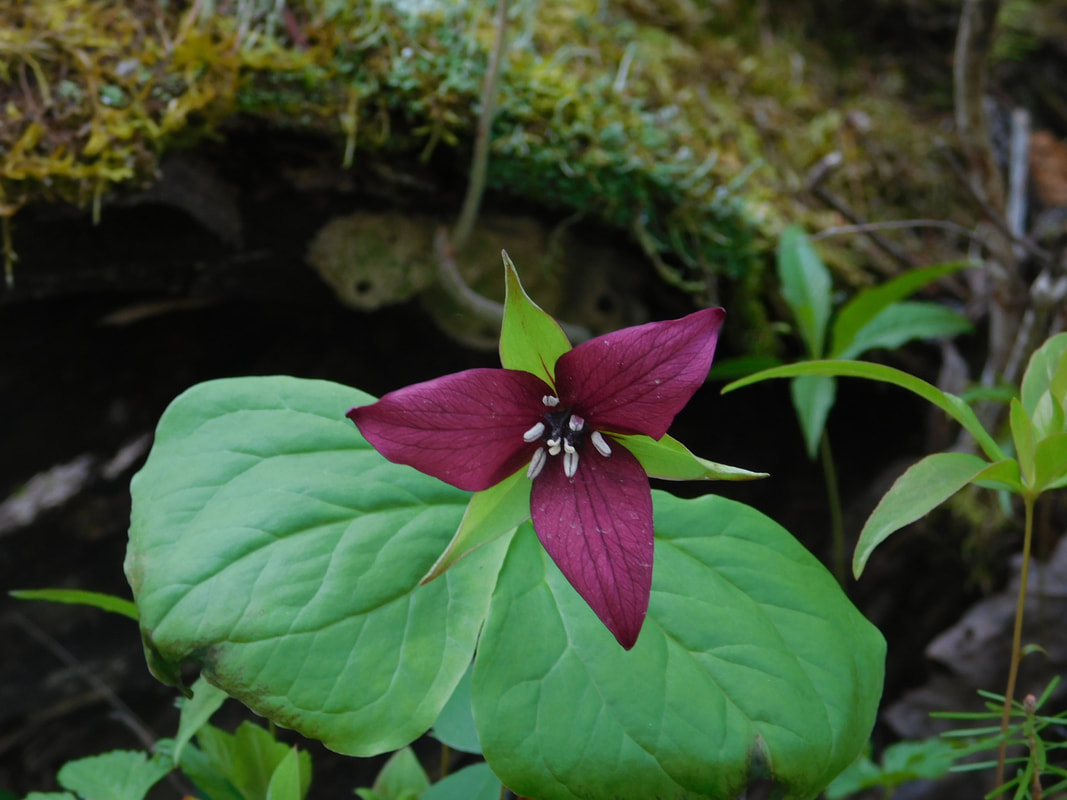
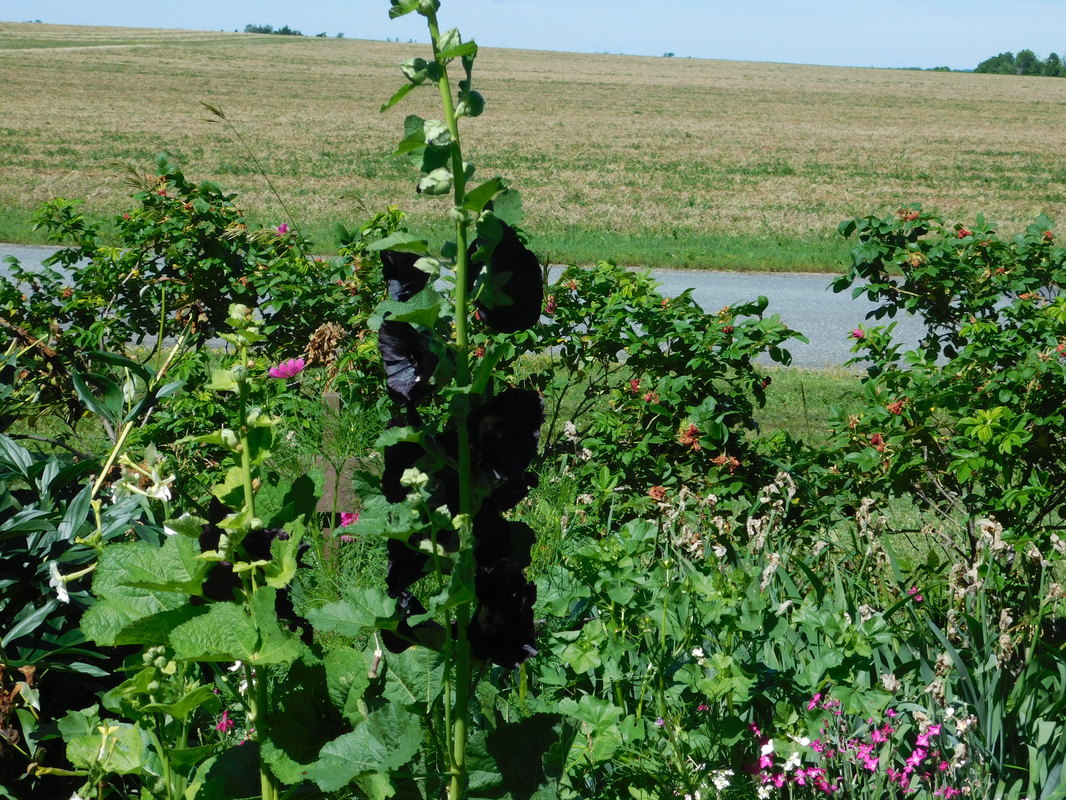
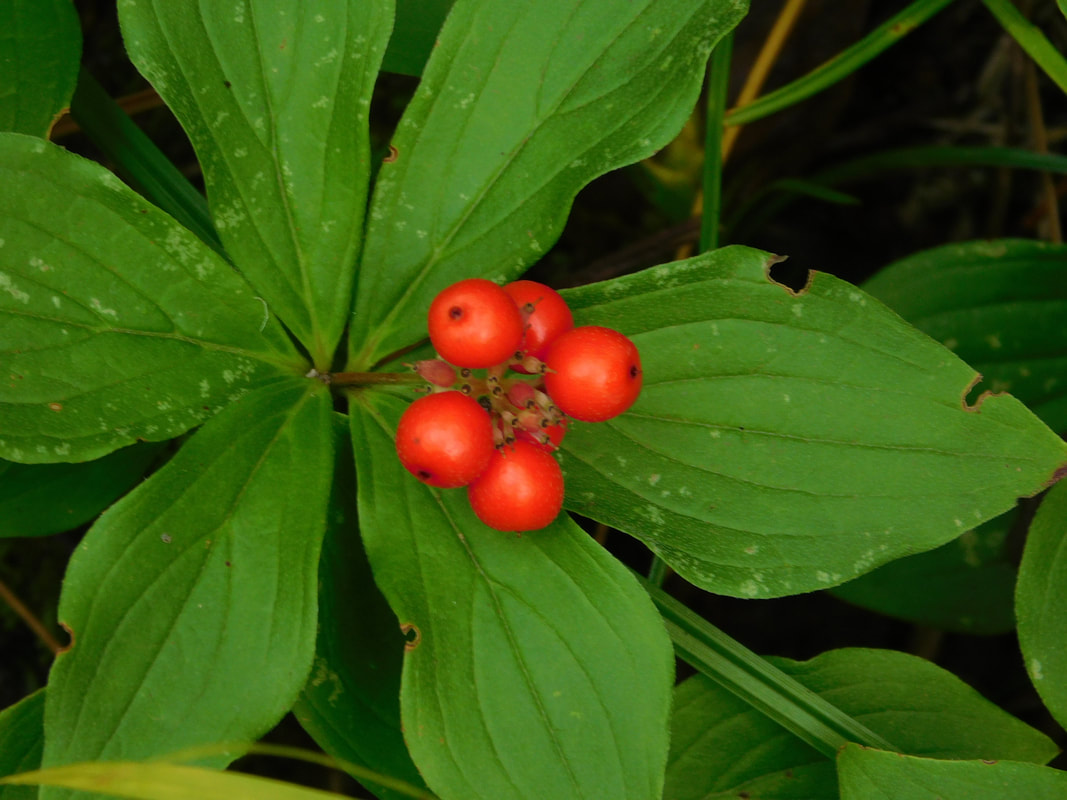
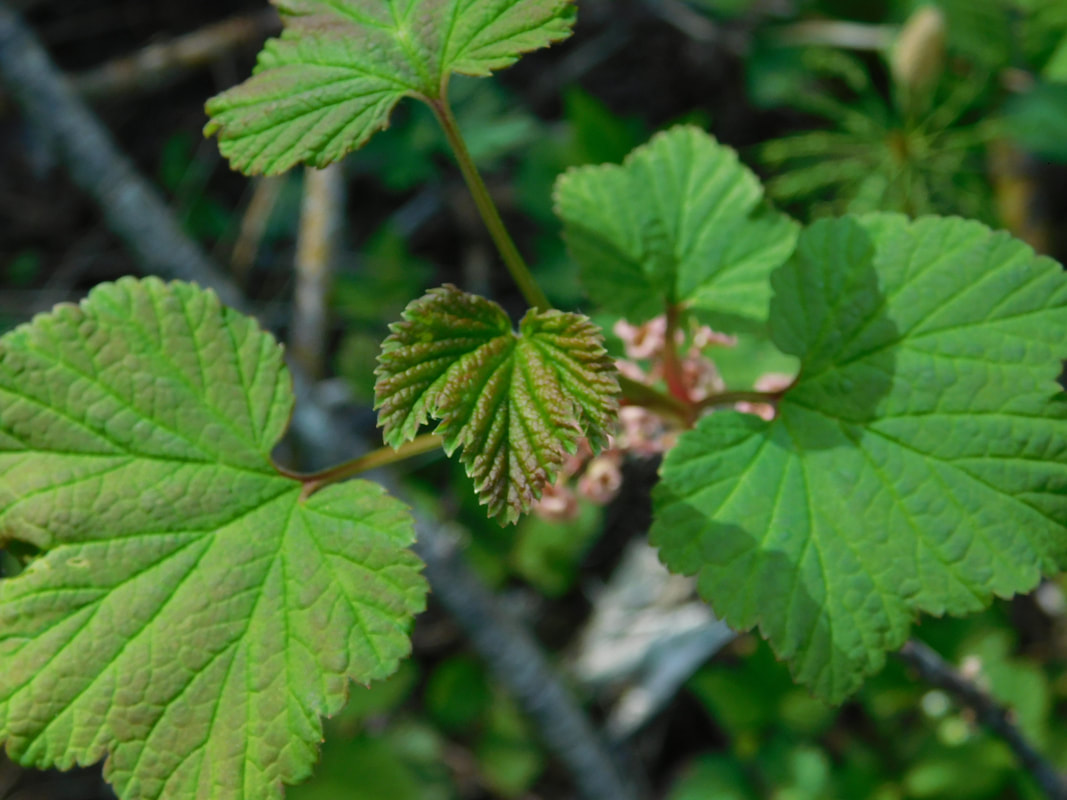

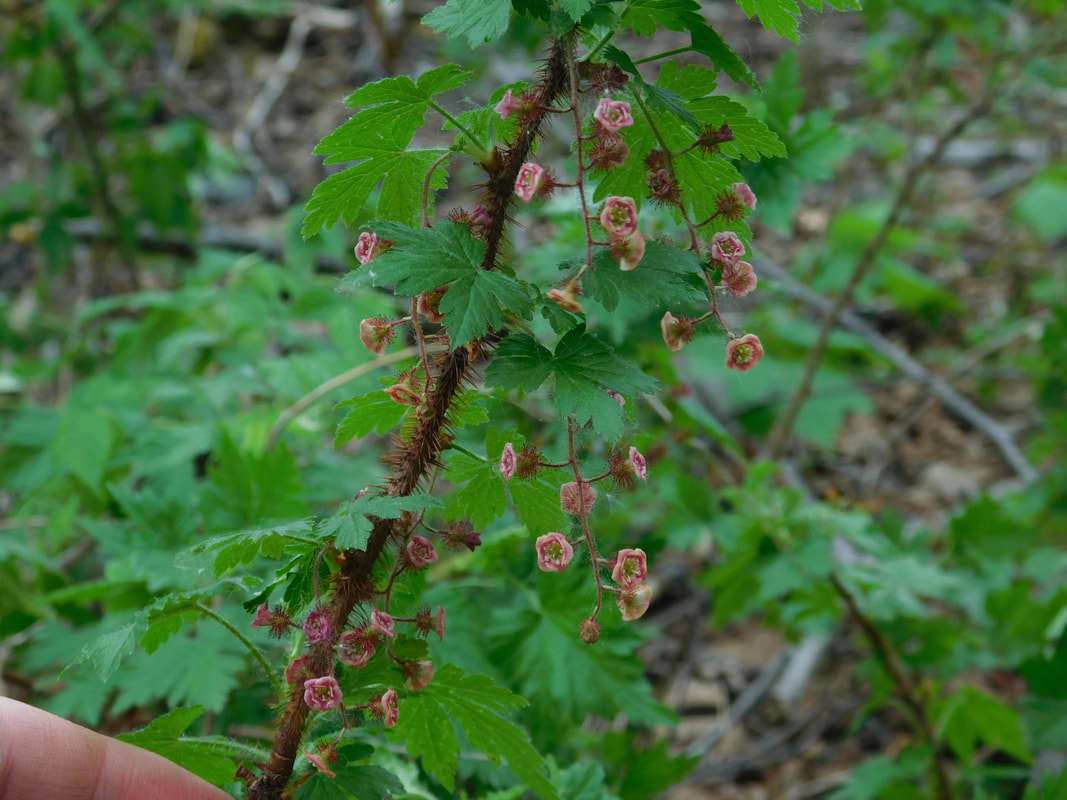
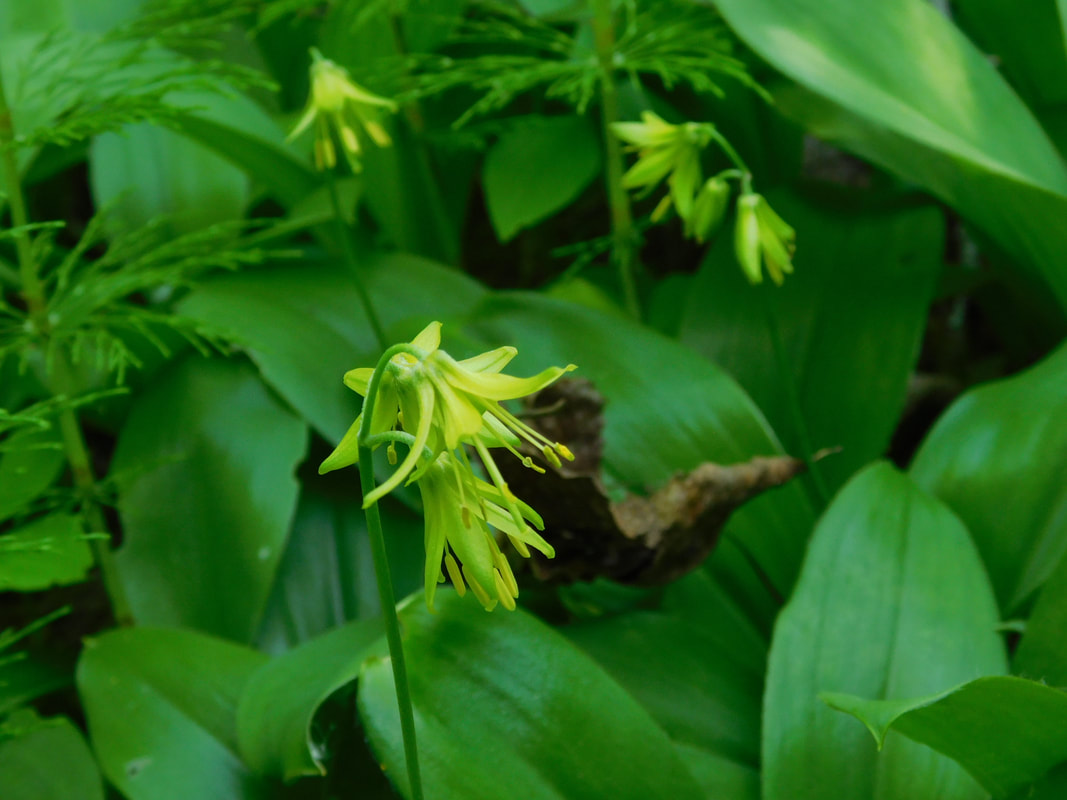
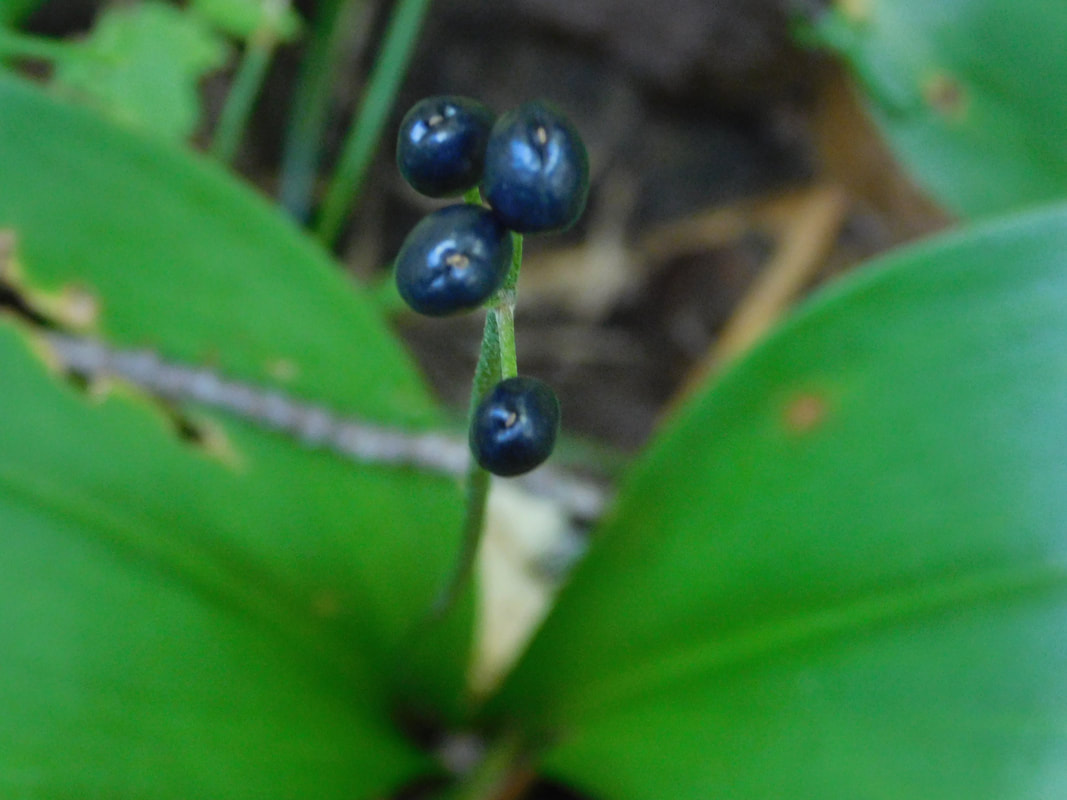
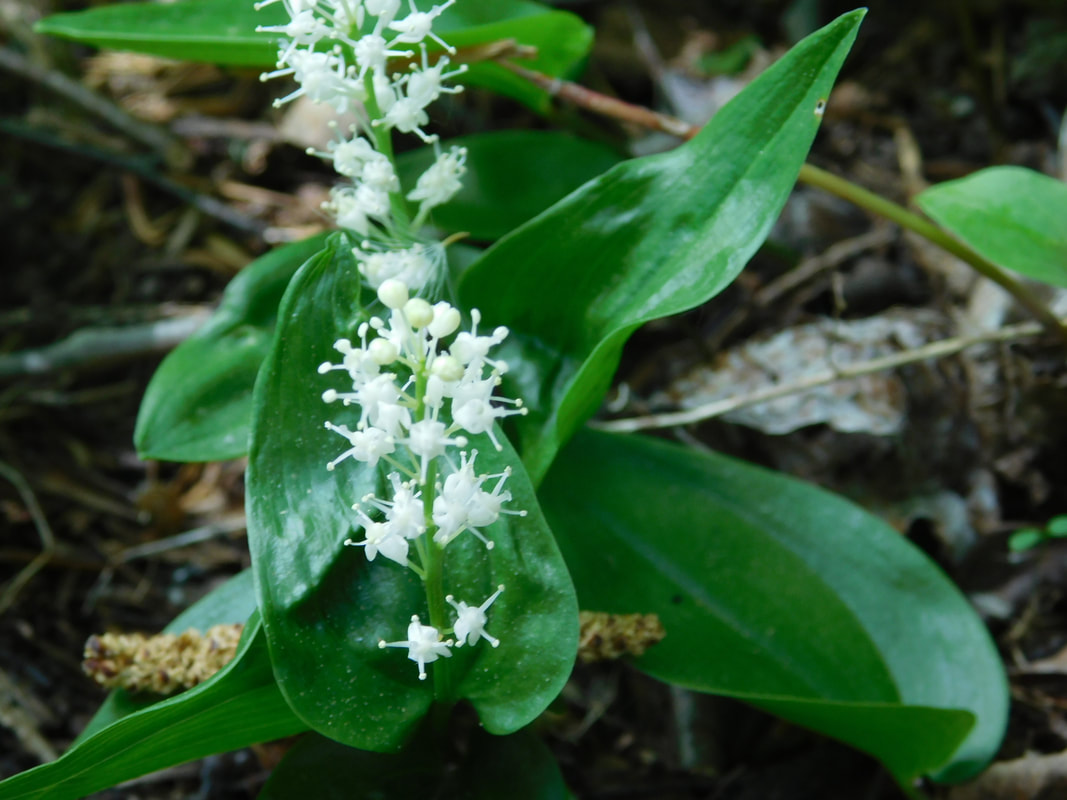
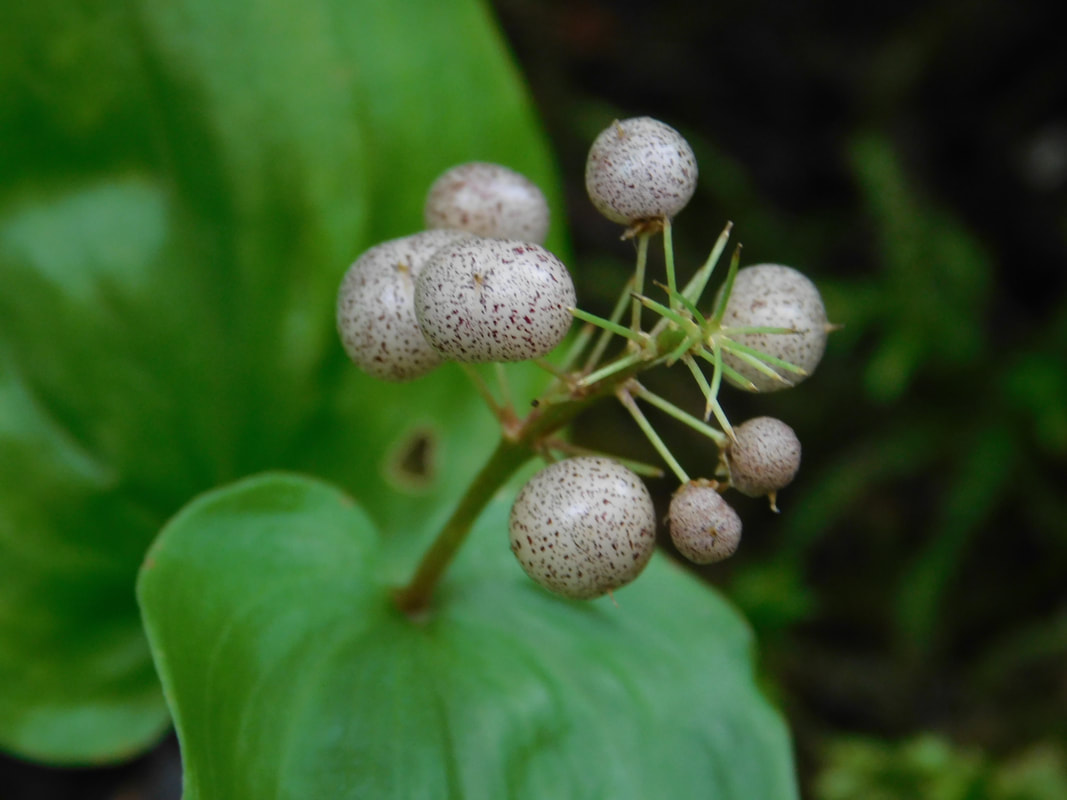
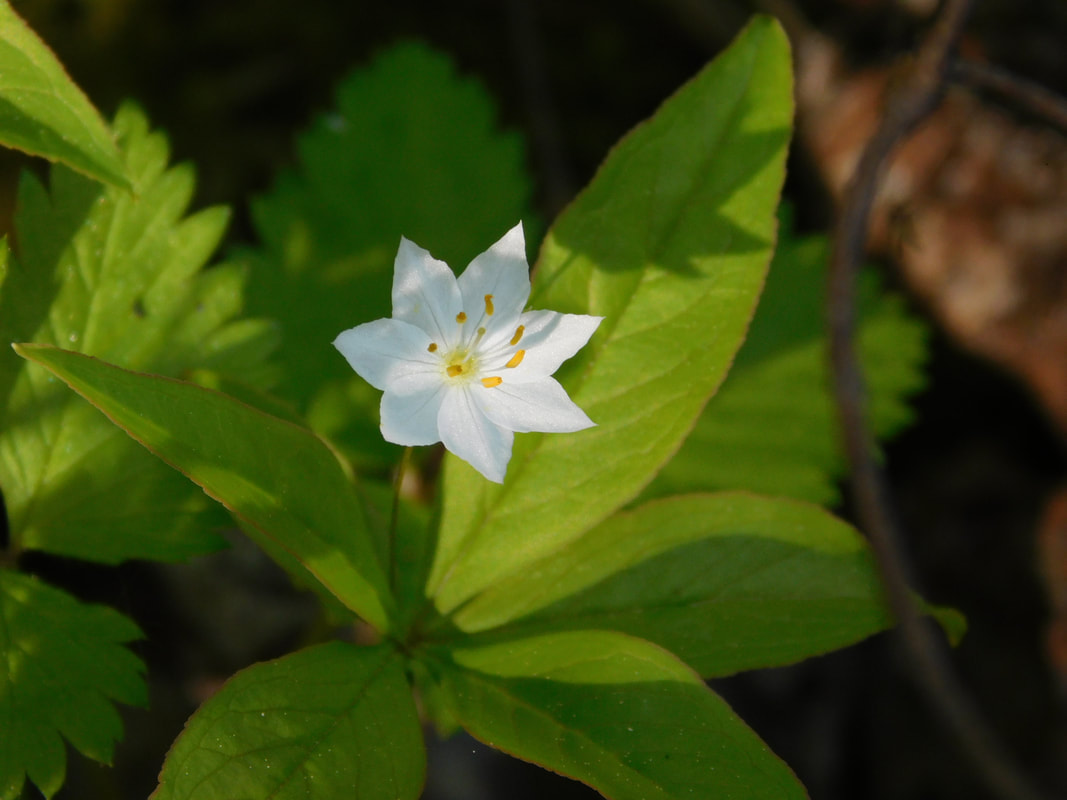

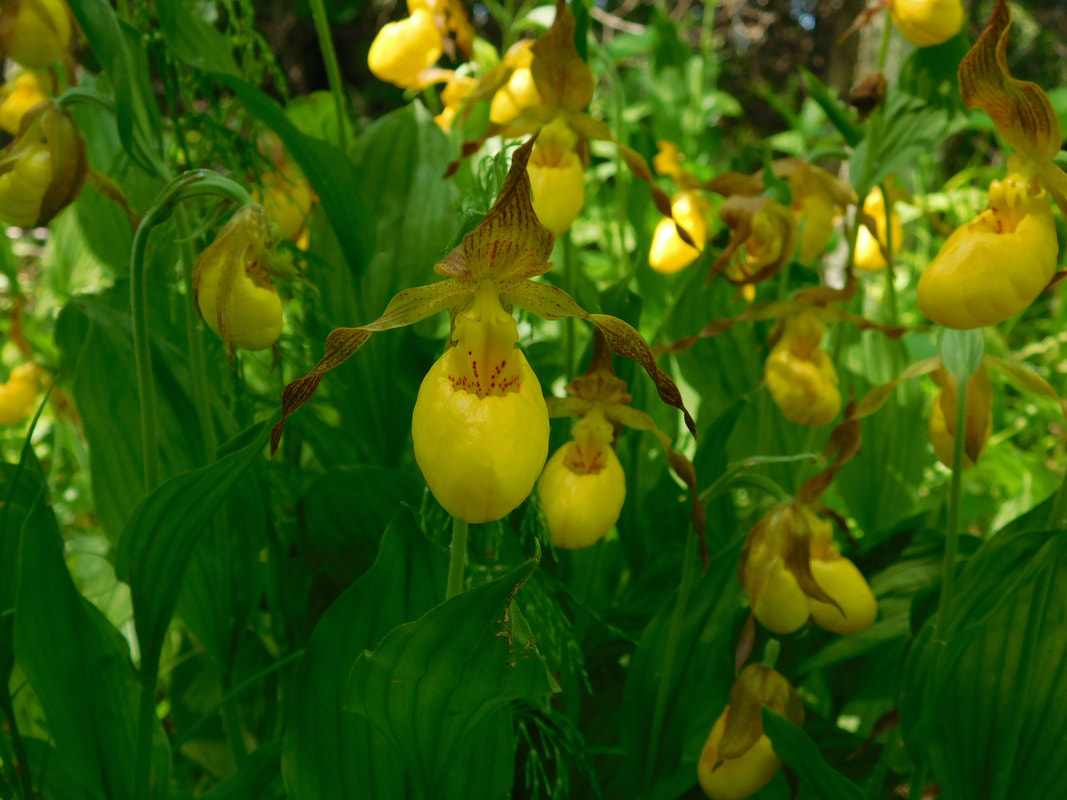
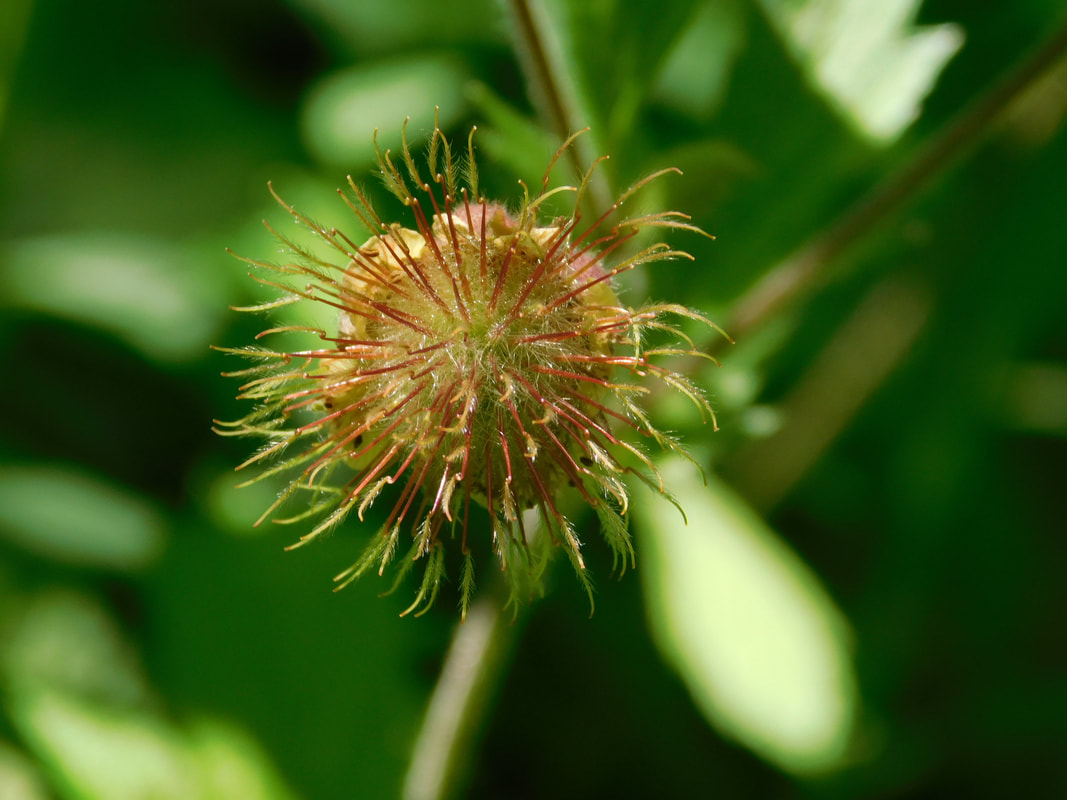

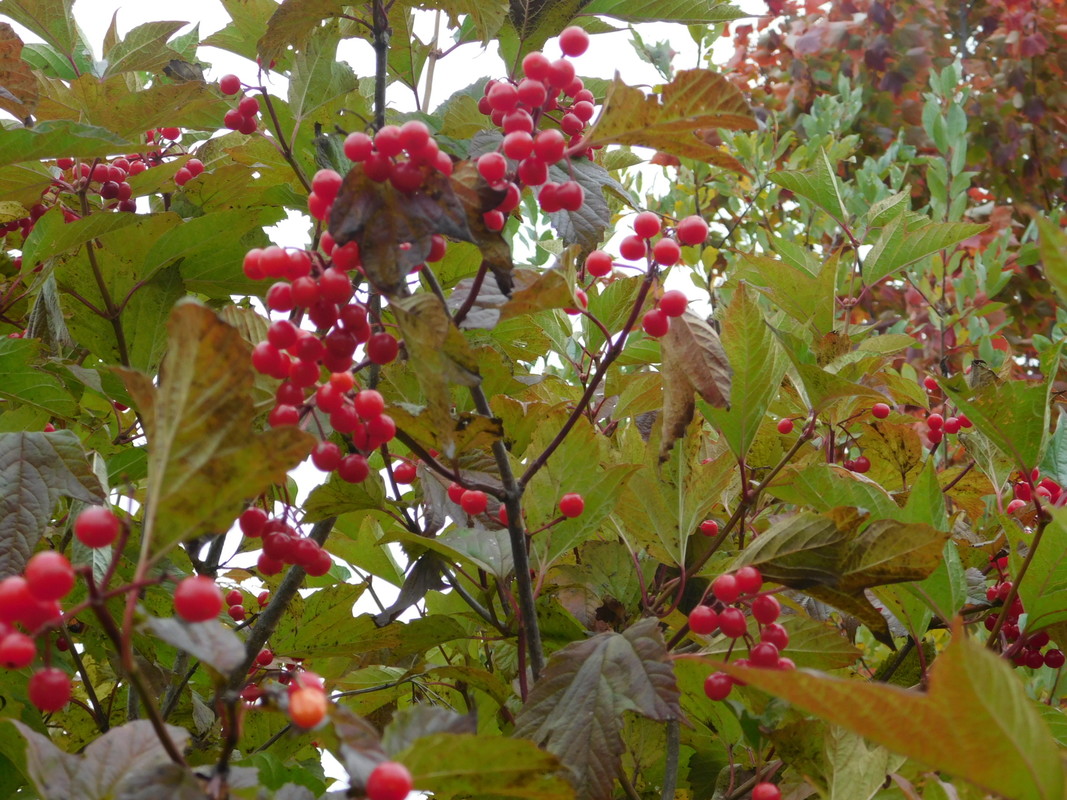
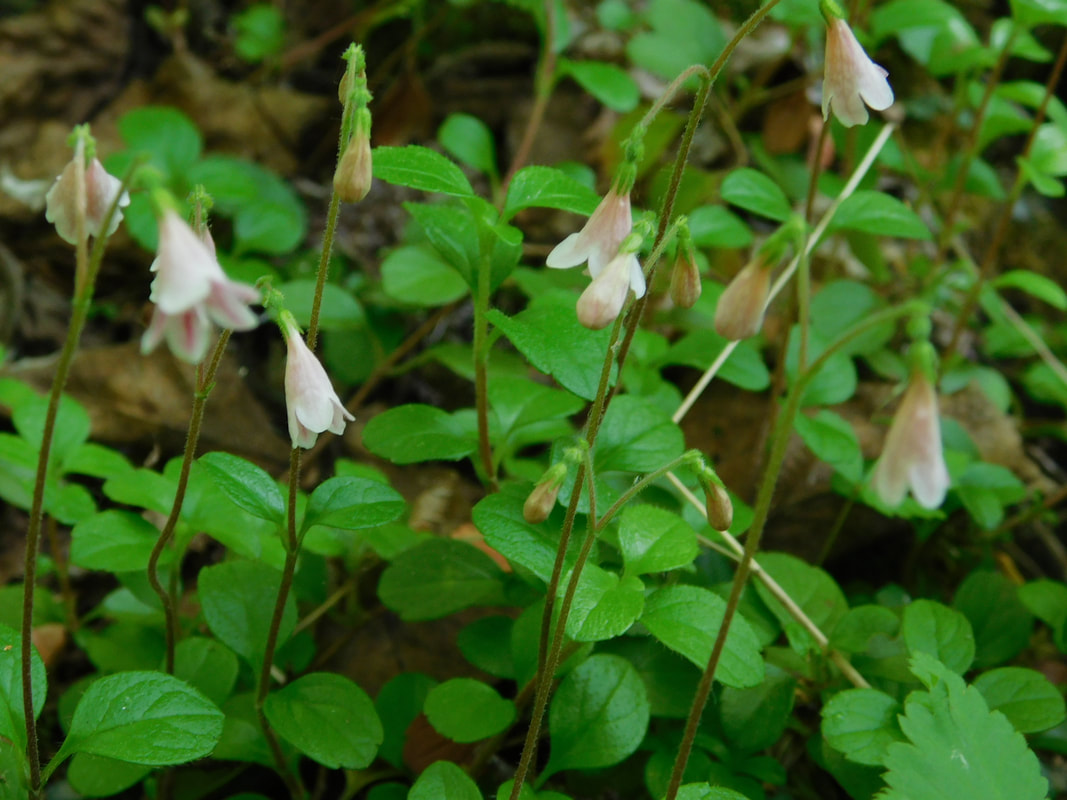
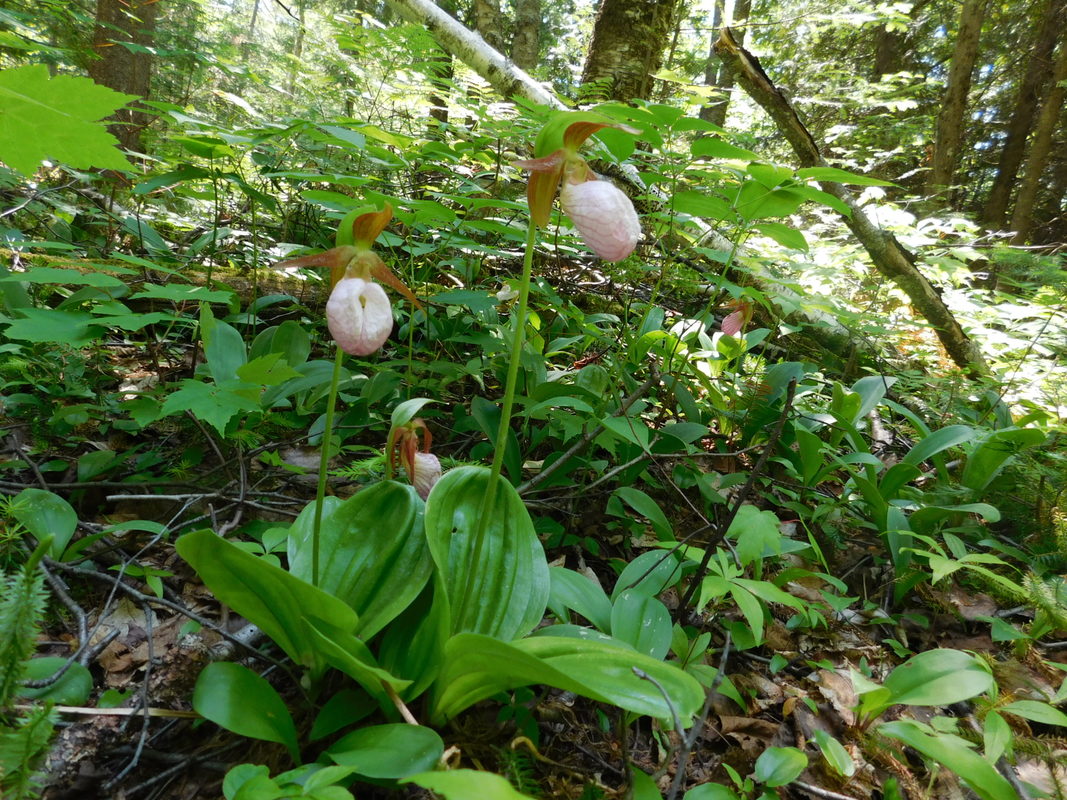
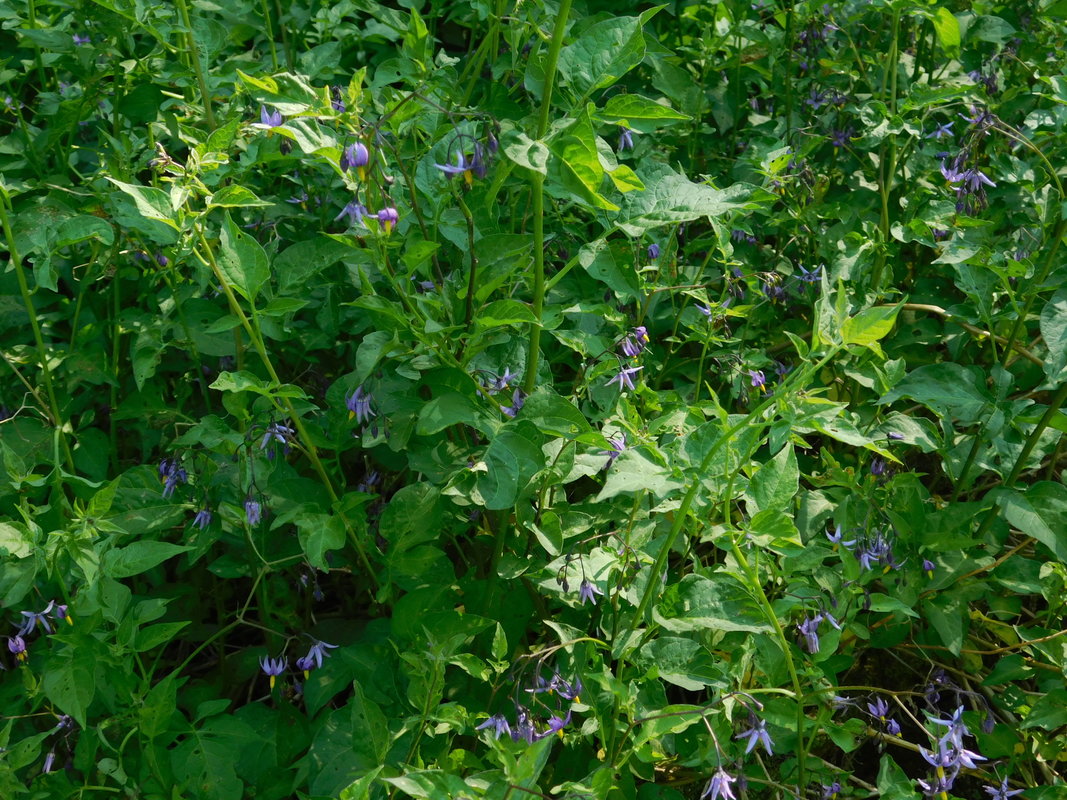

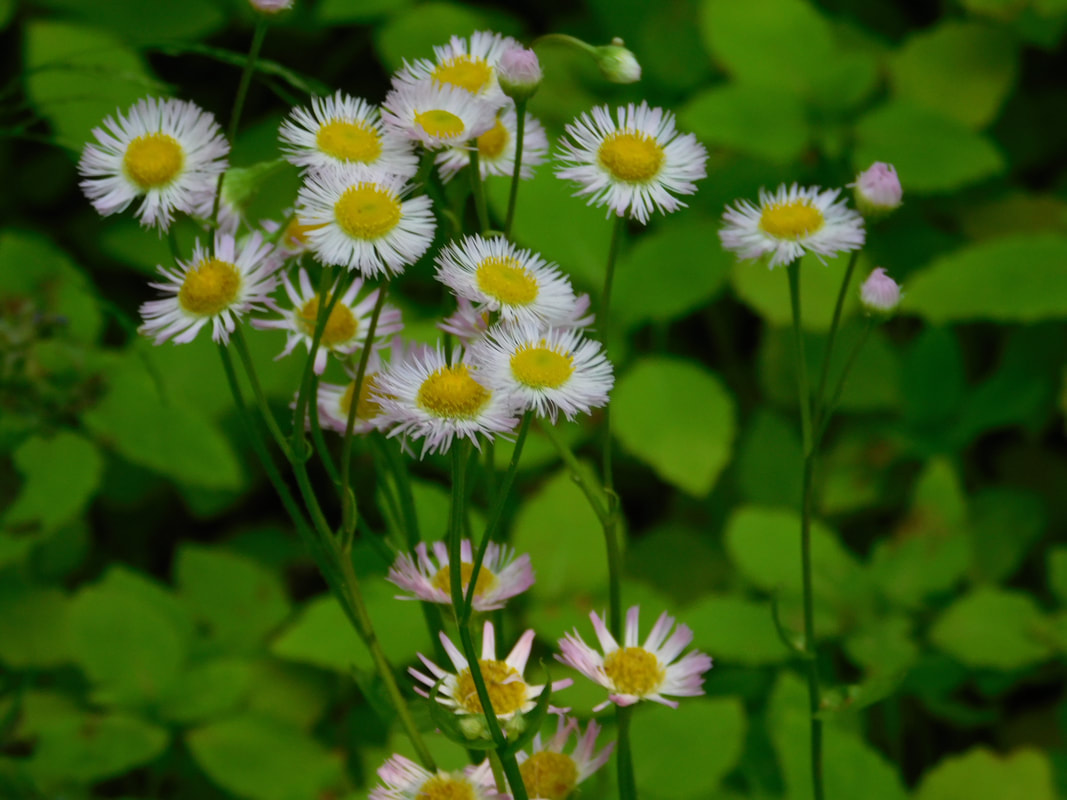
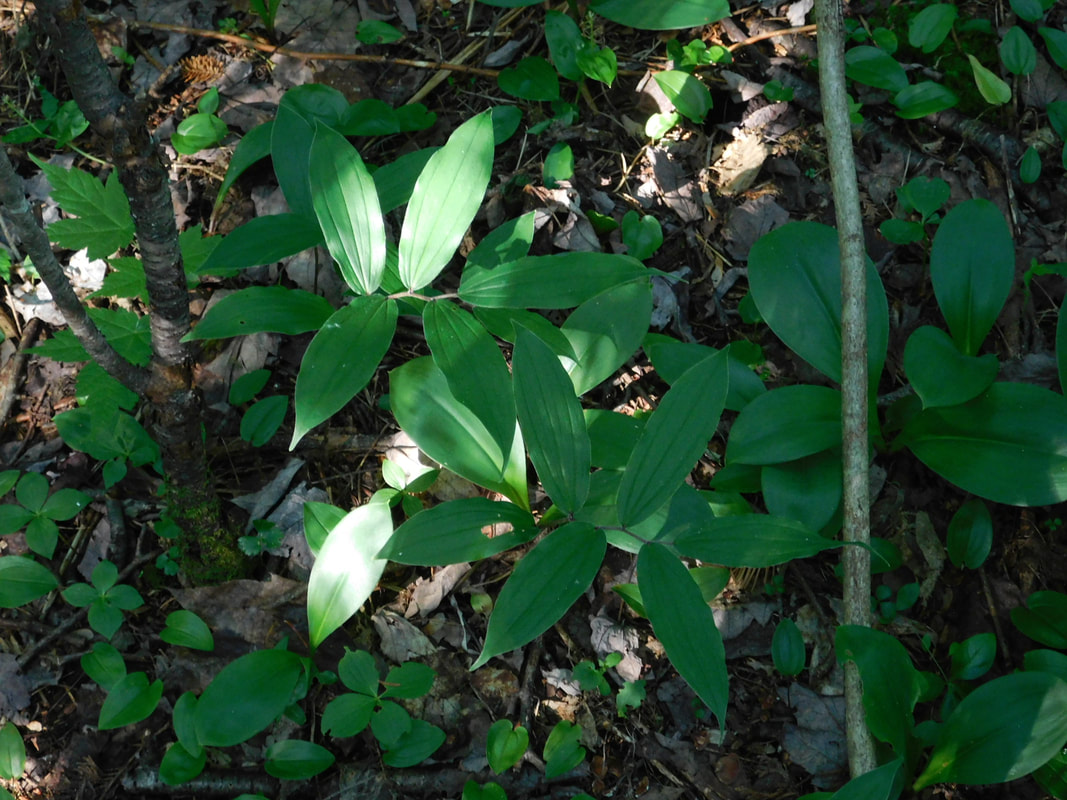
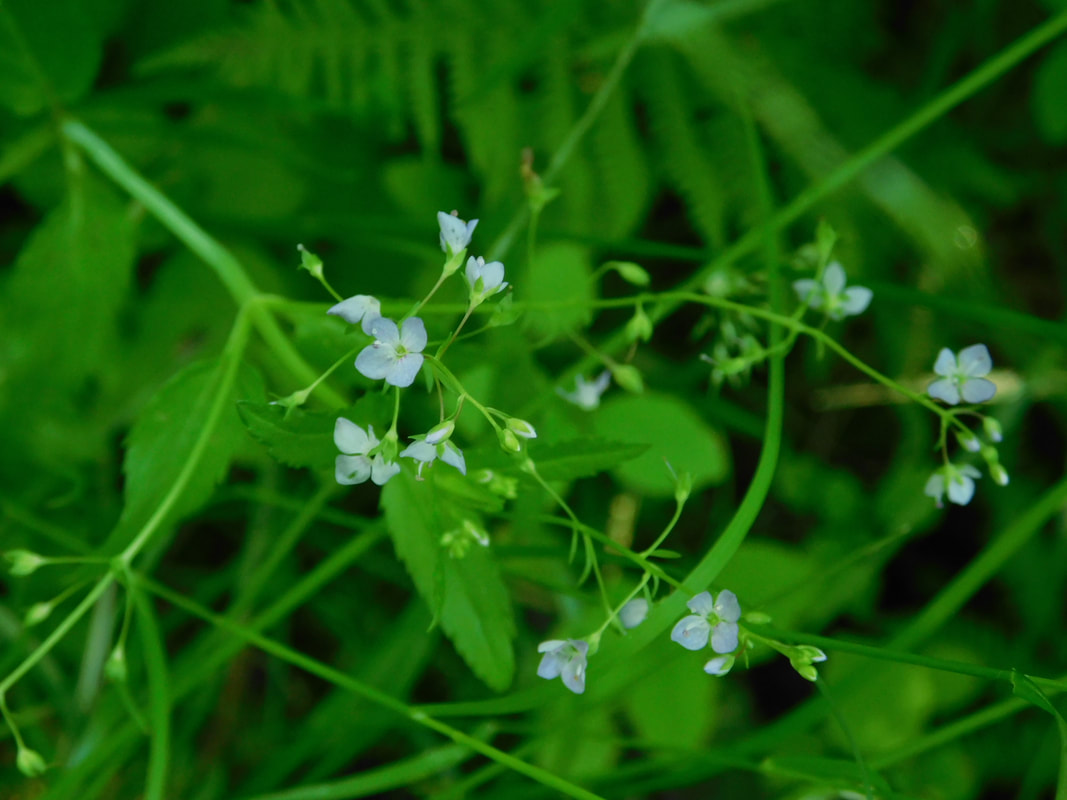

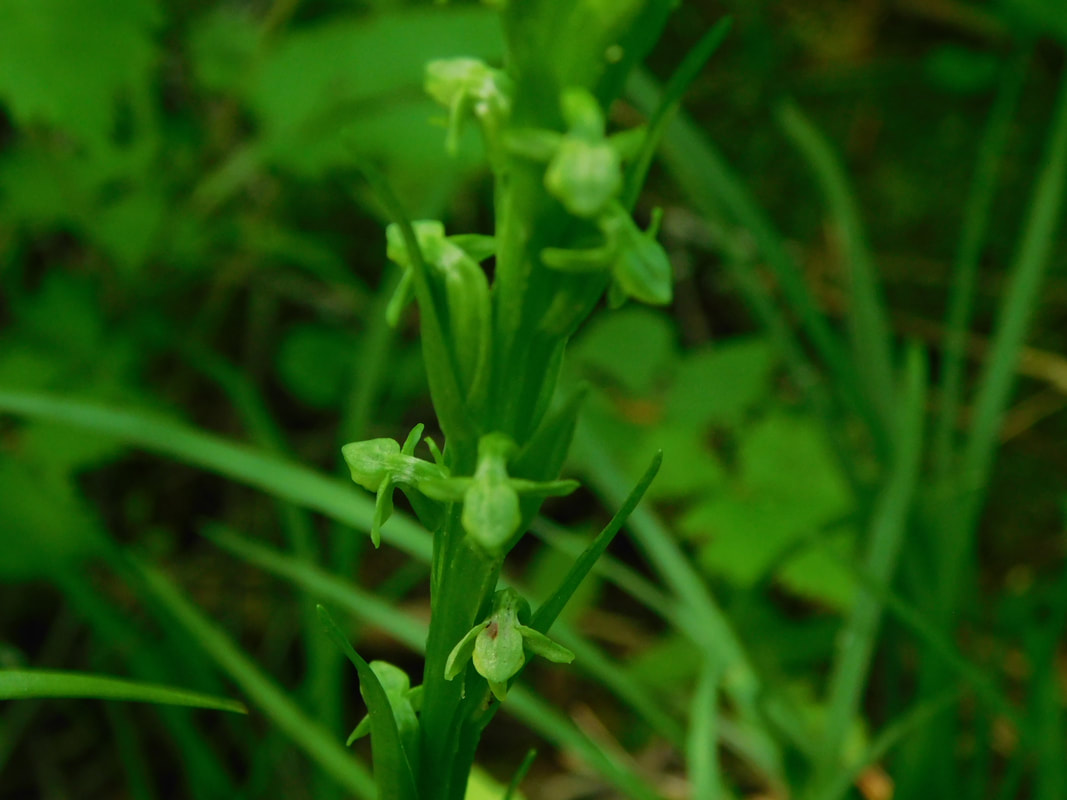
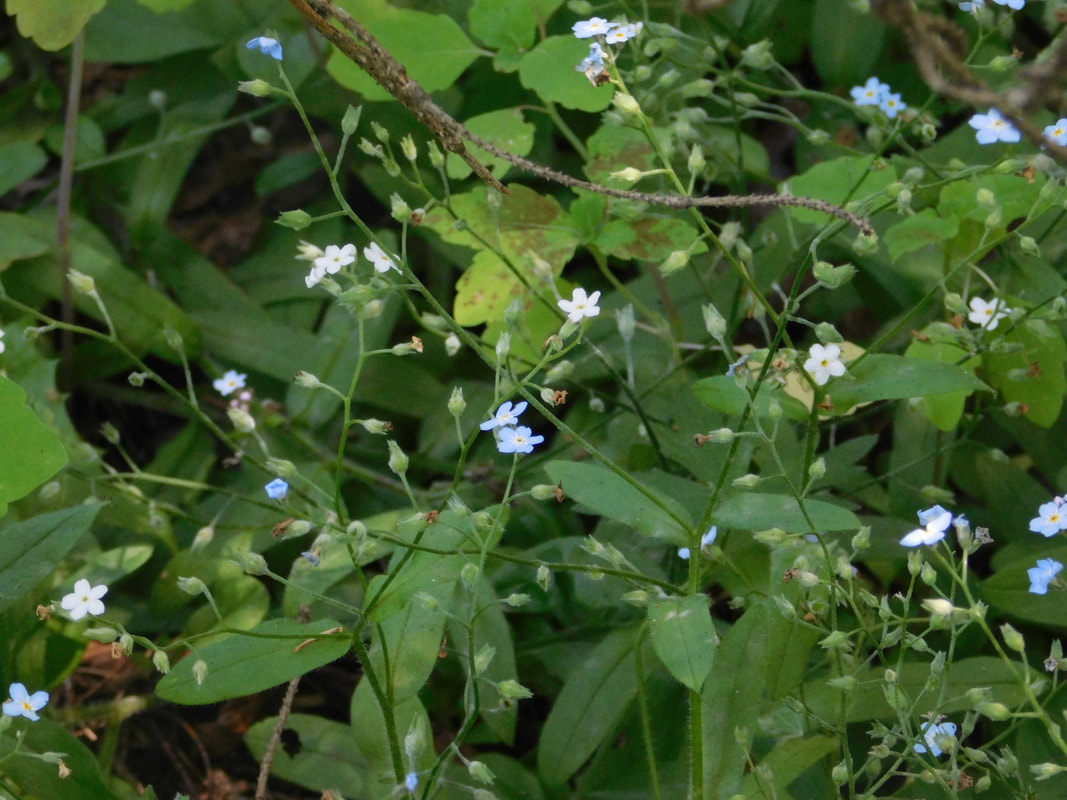
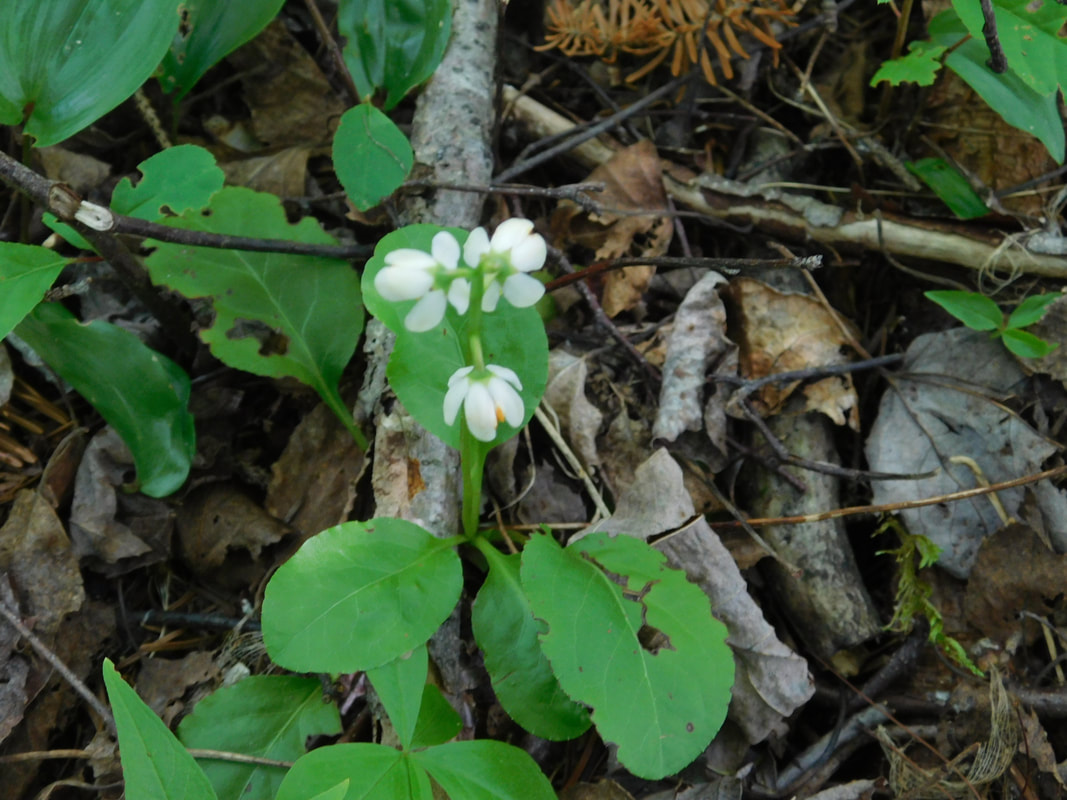
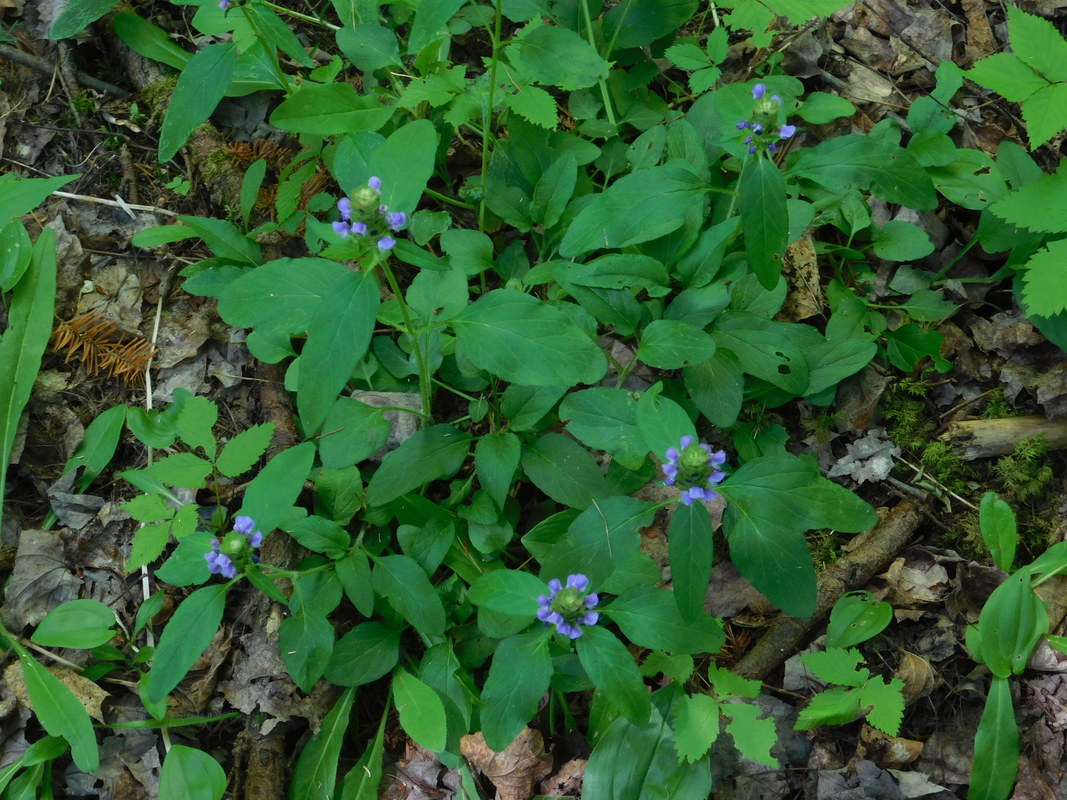
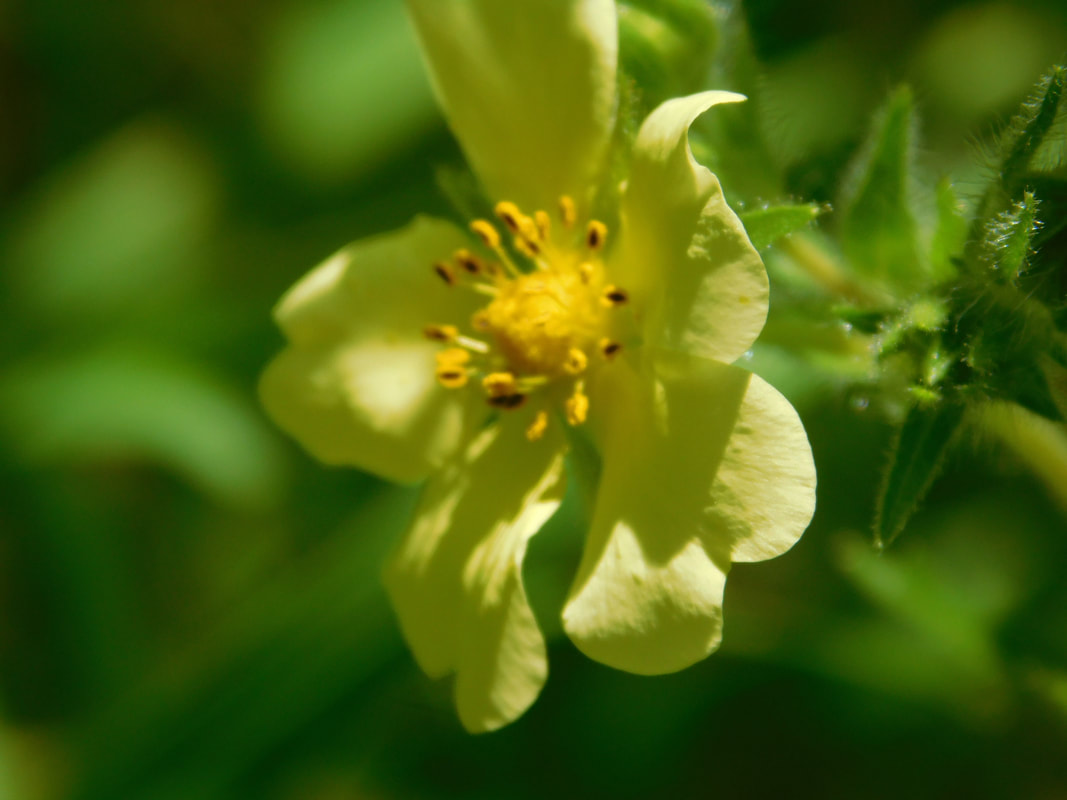

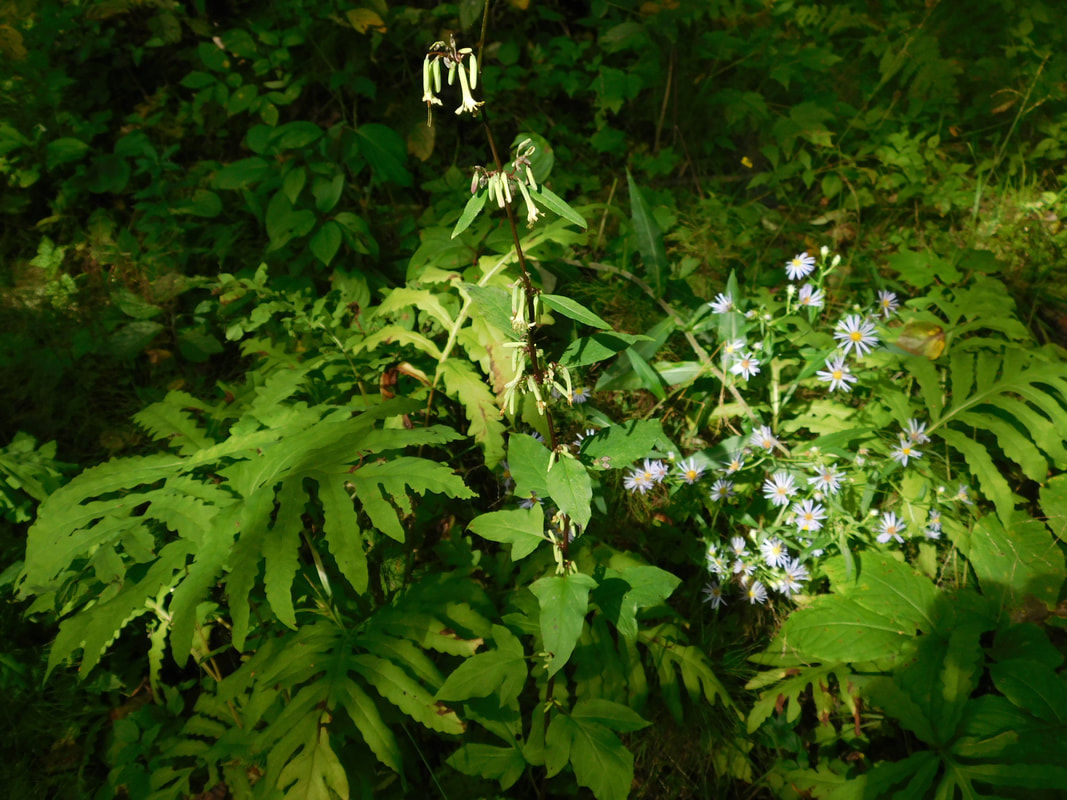
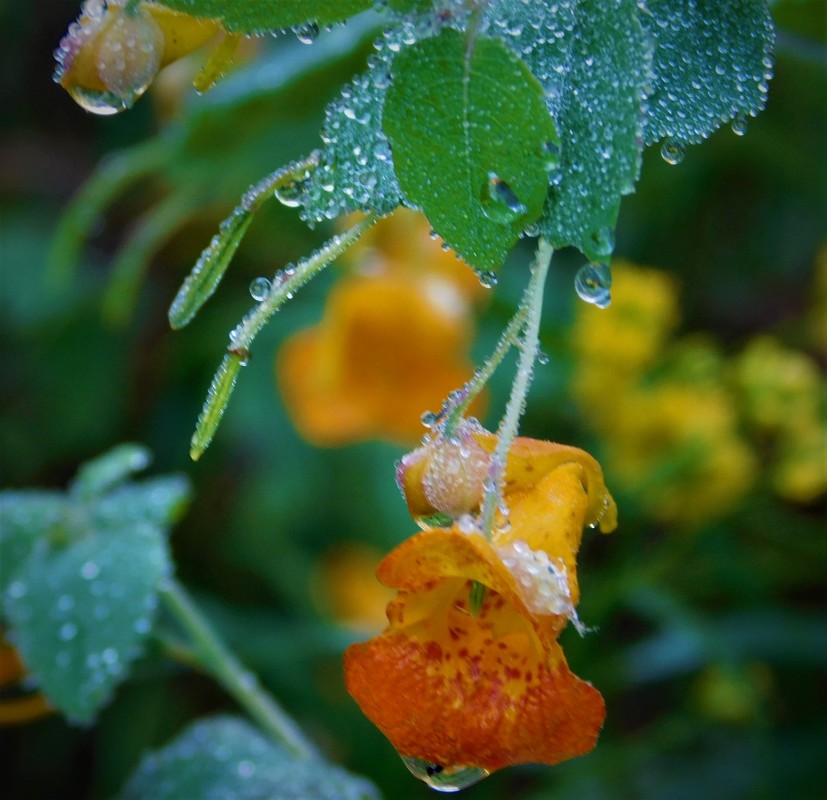
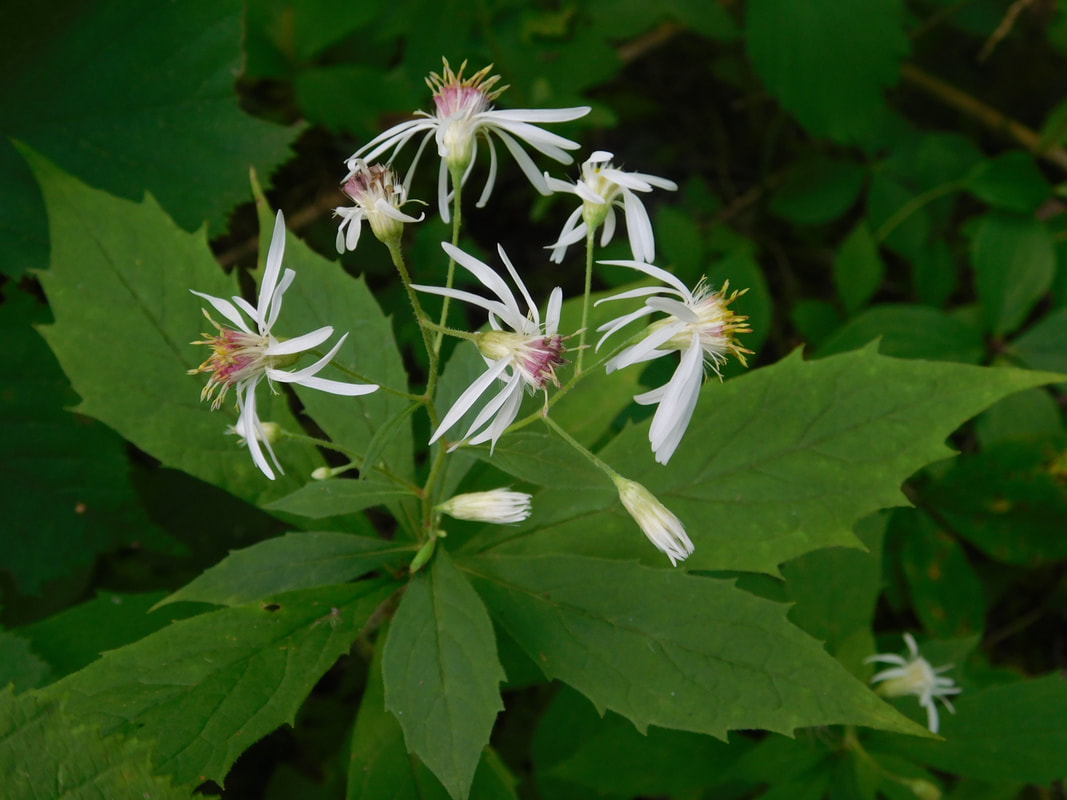
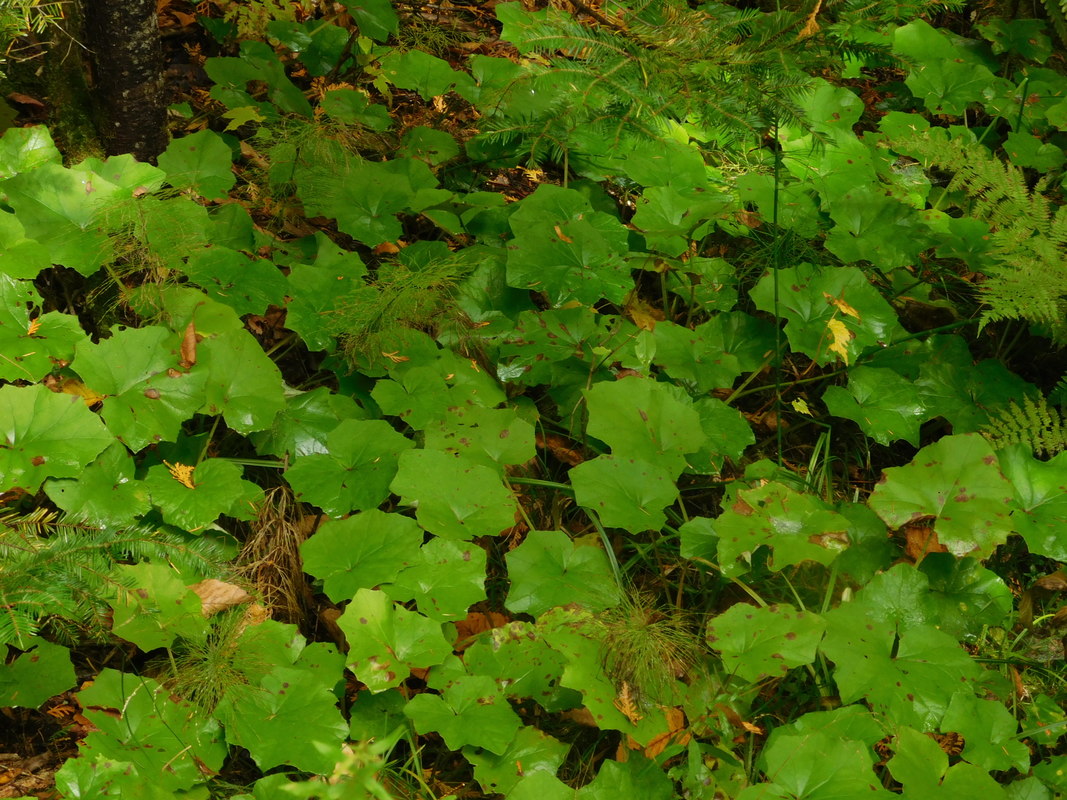
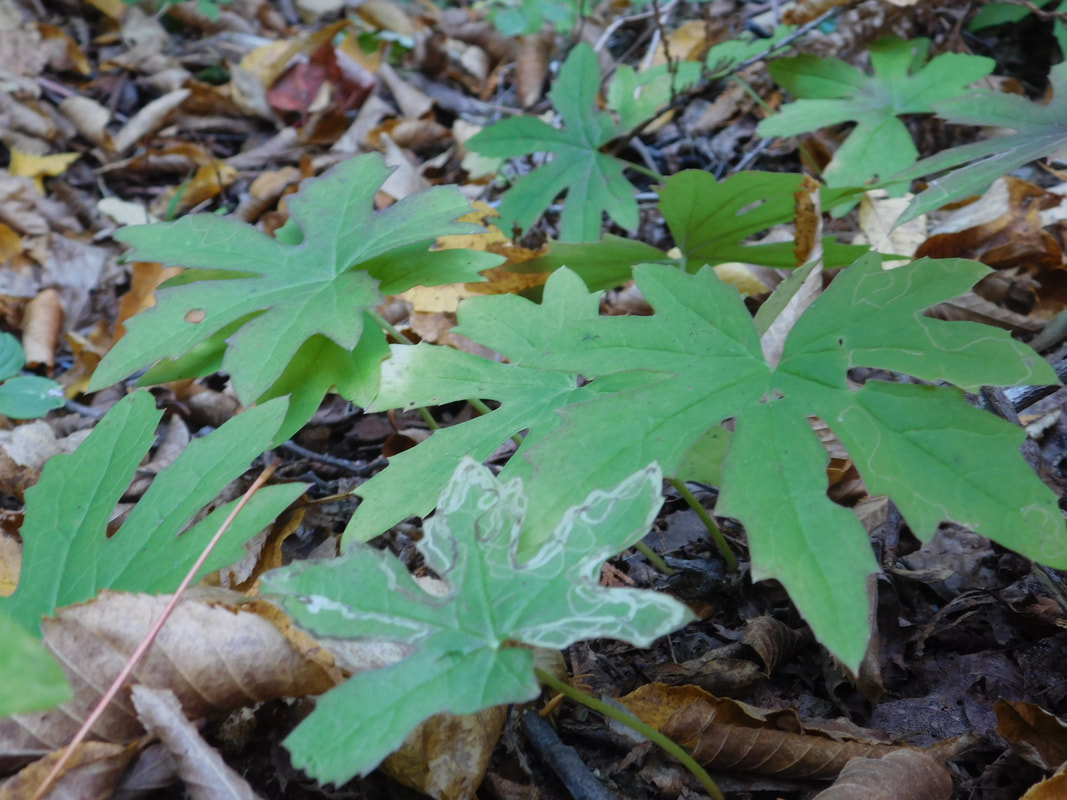
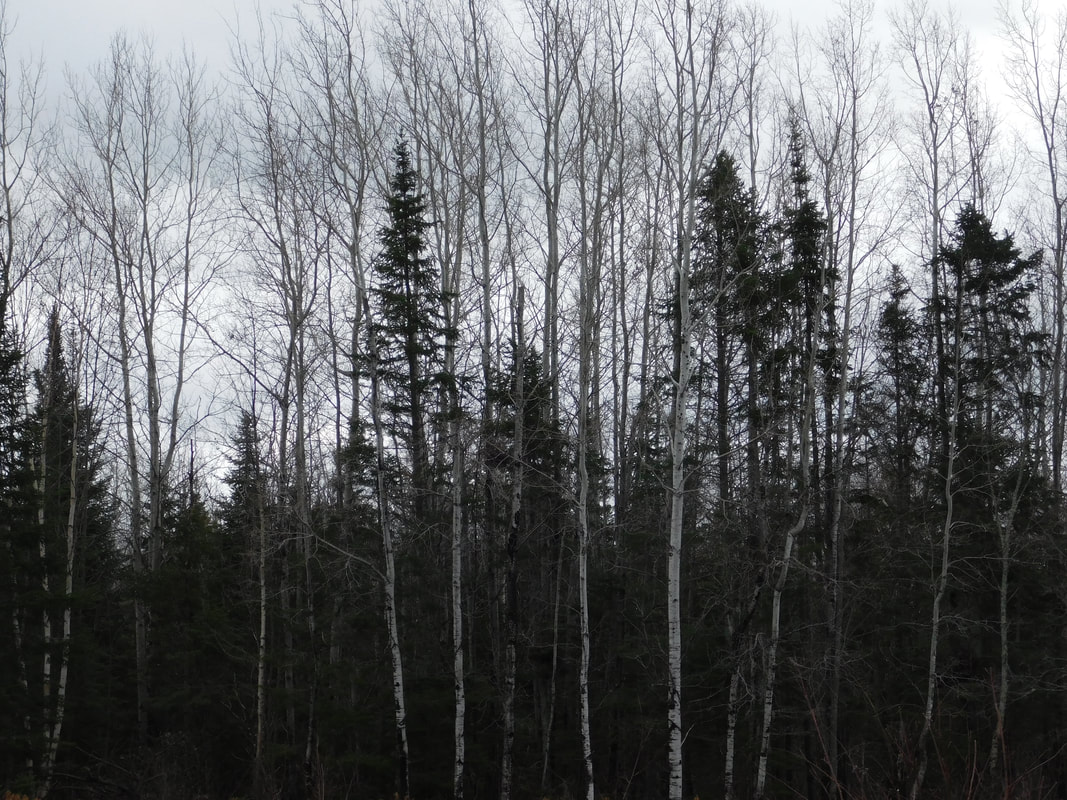
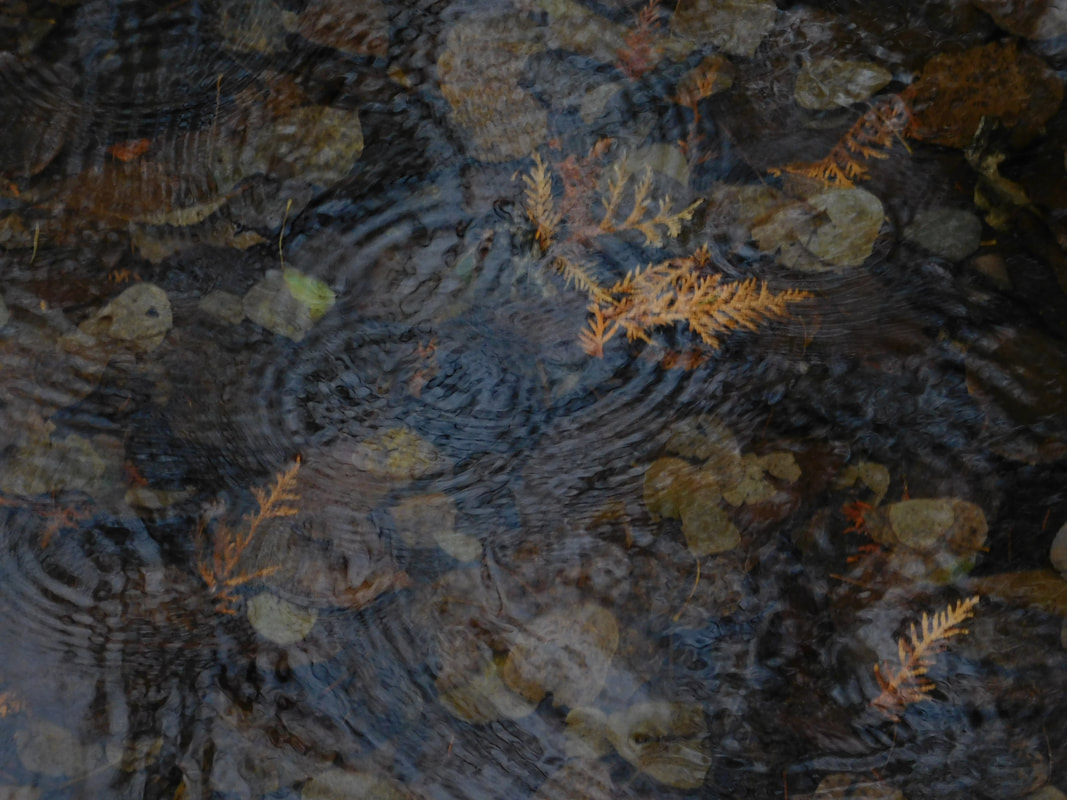
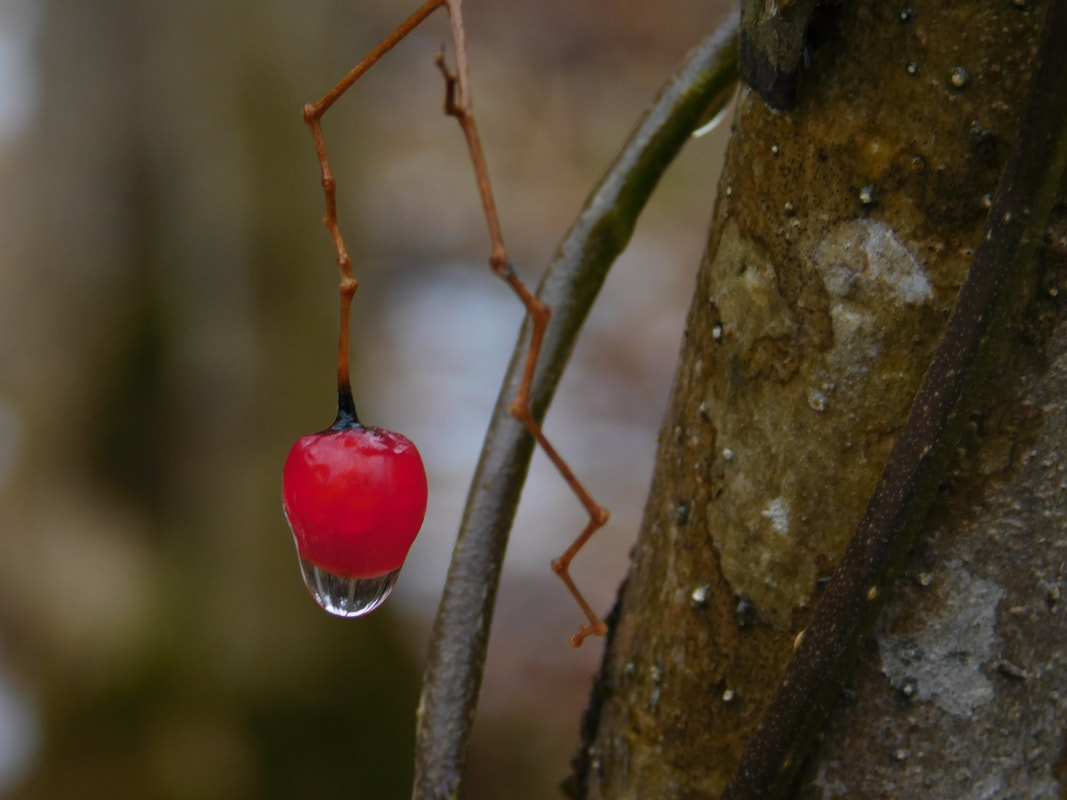
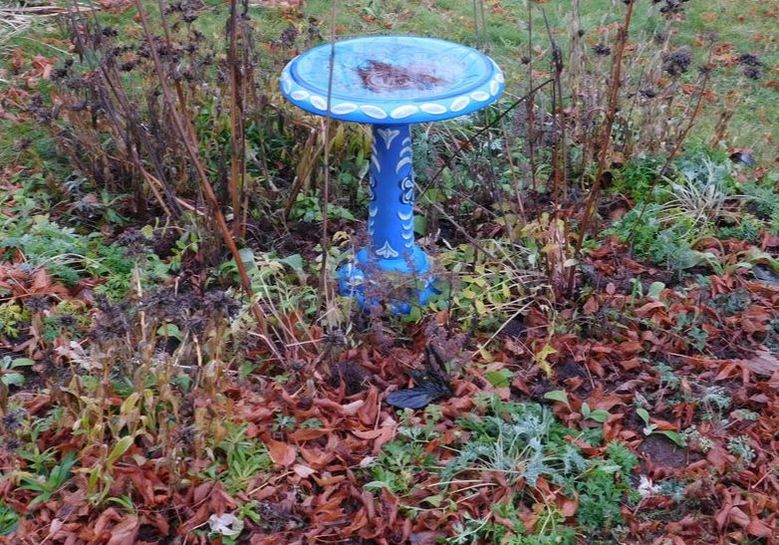

 RSS Feed
RSS Feed
